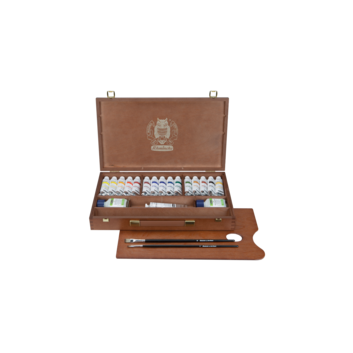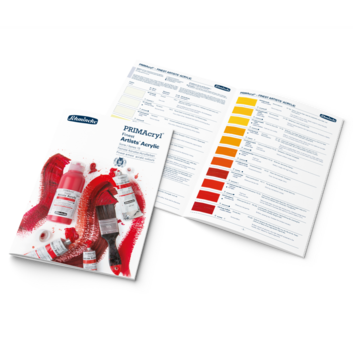PRIMAcryl - Finest Artists’ Acrylic Colours, Series 13
- 84 finest, pasty acrylic colours in tubes
- 36 finest, fluid acrylic colours in 250 ml bottles
- Unrivaled titanium white due to the highest pigmentation
- highest coverage and yield
- Pure colours for brilliant mixtures
- High flow resistance with excellent mixability
- Elastic, contour-stable drying
- Almost no colour shift from wet to dry
- Waterproof and highly resistant after drying
- Exclusively 4 and 5-star lightfastness
- Quality assortment “Made in Germany”
- Containers: 84 colors in 35 ml and 60 ml tubes, 36 colors in 120 ml tubes and as PRIMAcryl Fluid in 250 ml bottles
PRIMAcryl and PRIMAcryl Fluid
The range of Schmincke's PRIMAcryl contains high-quality, finest acrylic colours that offer a colouristically wide palette of 84 colours in a solid-pasty consistency. Additionally, PRIMAcryl Fluid contains 36 colour-identical tones in a soft-flowing consistency. These colours contain the same high-quality artists’ pigments in maximum concentration.
Best pigments for purity and brilliance
The PRIMAcryl range combines all advantages of a premium acrylic paint. Modern and lightfast pigments combined with an exceptionally high pigmentation give the colours an unsurpassed brilliance and expressiveness. In particular, titanium white stands out - thanks to its intense pigmentation, coverage and yield; it is unparalleled for mixing. The high proportion of single-pigment colours, which make up 2/3 of the range, guarantees particularly pure and brilliant colour mixtures. Good to know: The colour shift between wet and dry paint is almost negligible with PRIMAcryl, meaning the paint dries as it appears when painting.
In two consistencies for even more creativity
The textured, pasty nature of PRIMAcryl ensures excellent painting results with brushes and spatulas, allowing for thick layer work as well. The high solids content ensures elastic, shape-stable and waterproof drying. In contrast PRIMAcryl Fluid is significantly more liquid due to its lower viscosity.
Highest durability
As expected from Schmincke, these top acrylic colours are characterised by the highest lightfastness ratings of 4-5 stars. Additionally, they are odorless and resistant to yellowing.
Application and expansion
PRIMAcryl can be used directly from the tube, and PRIMAcryl Fluid straight from the bottle. Both variants can also be diluted with water. Furthermore, the extensive range of painting mediums, including pastes, structure gels, and effect gels, offers additional creative possibilities.
PRIMAcryl® - Colour chart
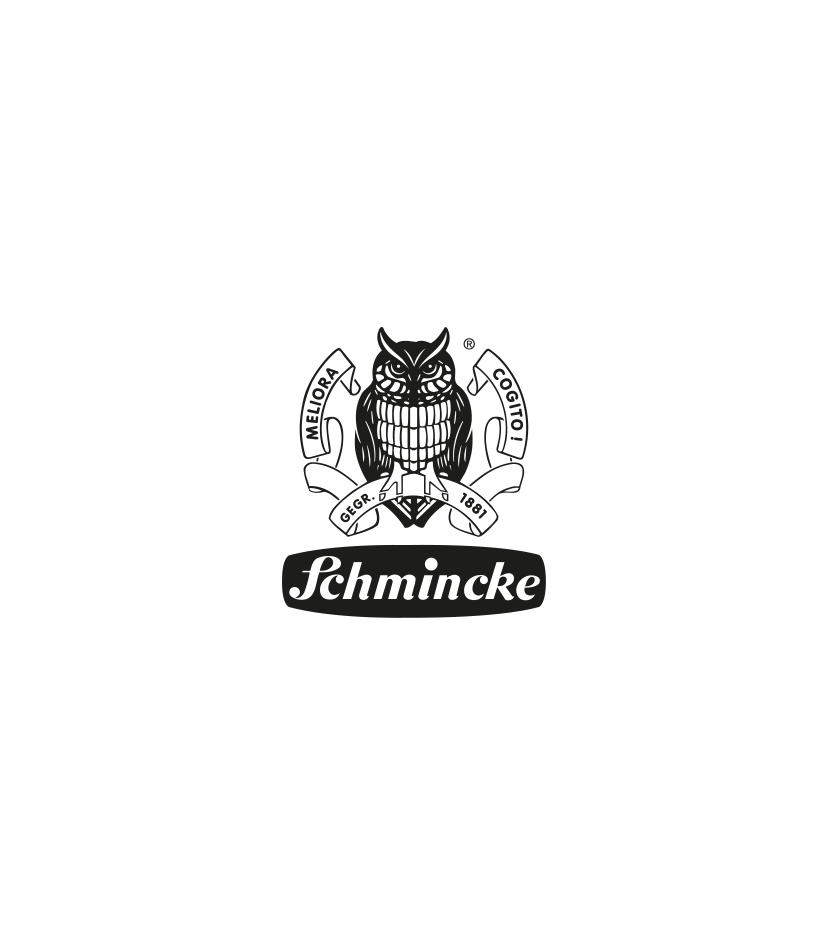
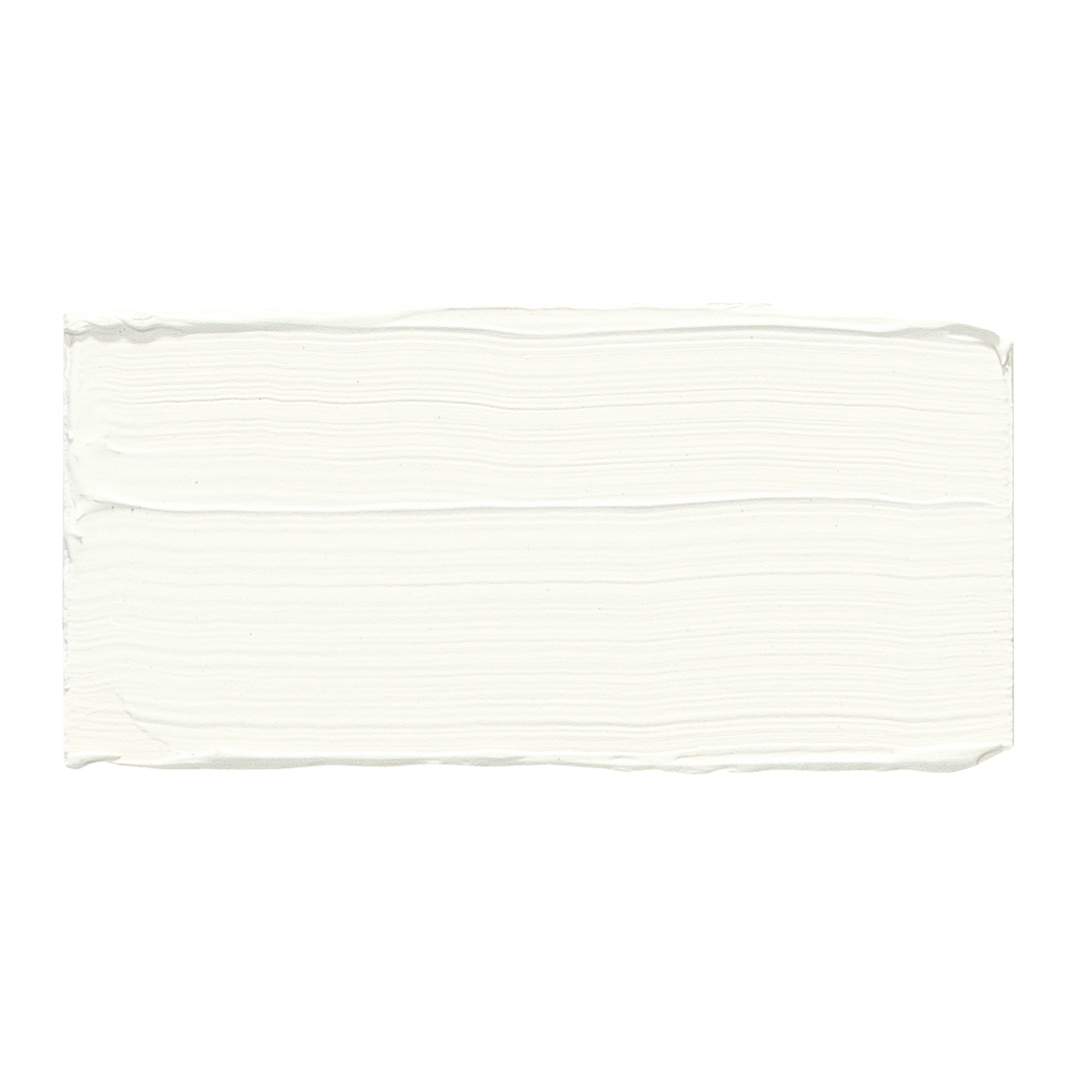


Perfect for lightening multicoloured shades. Semi-transparent alternative for titanium white (opaque).


Perfect for lightening multicoloured shades. Semi-transparent alternative for titanium white (opaque).

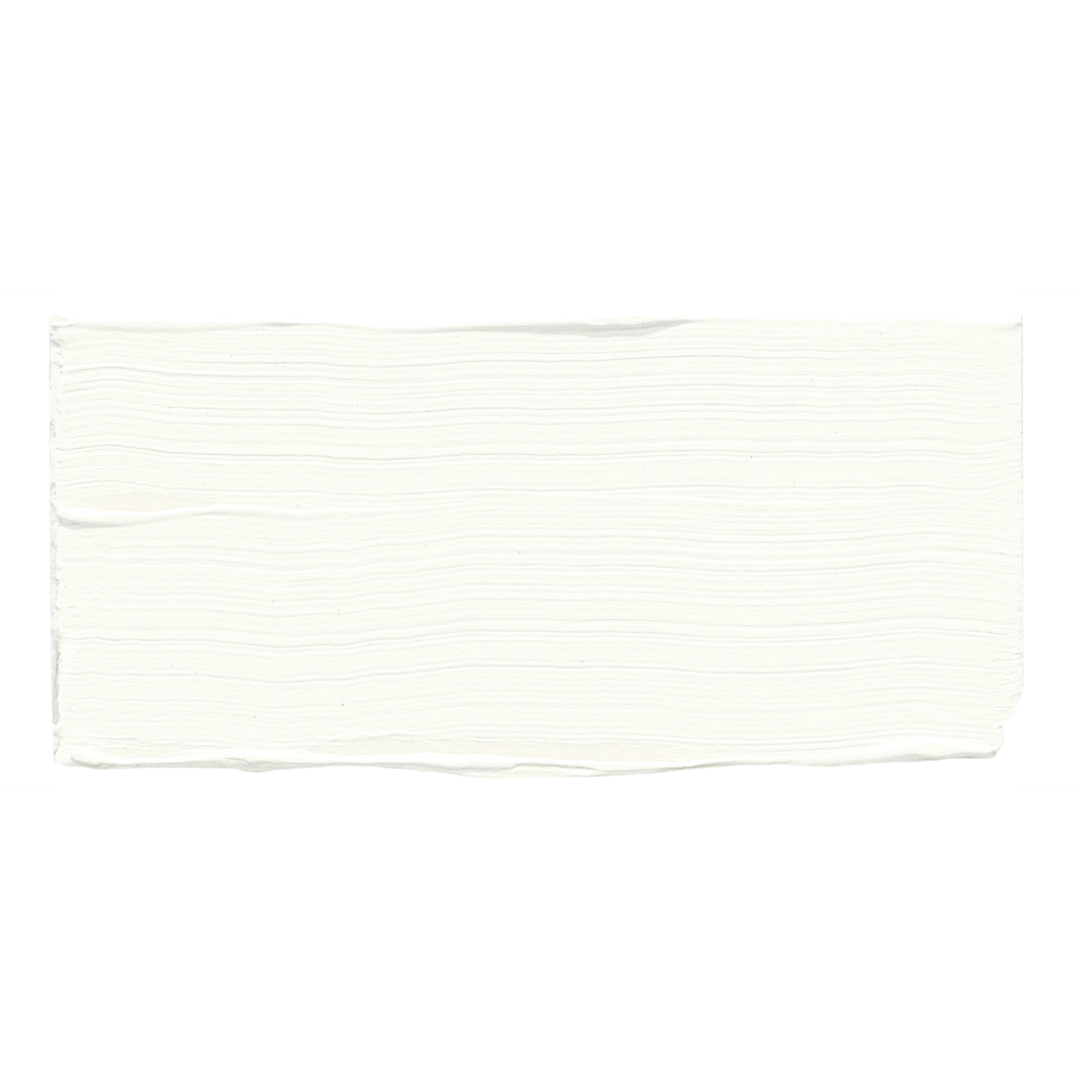


Pure, brilliant white with maximum opacity and tinting power.


Pure, brilliant white with maximum opacity and tinting power.




Pale greenish yellow comparable to original lead-tin yellow.


Pale greenish yellow comparable to original lead-tin yellow.

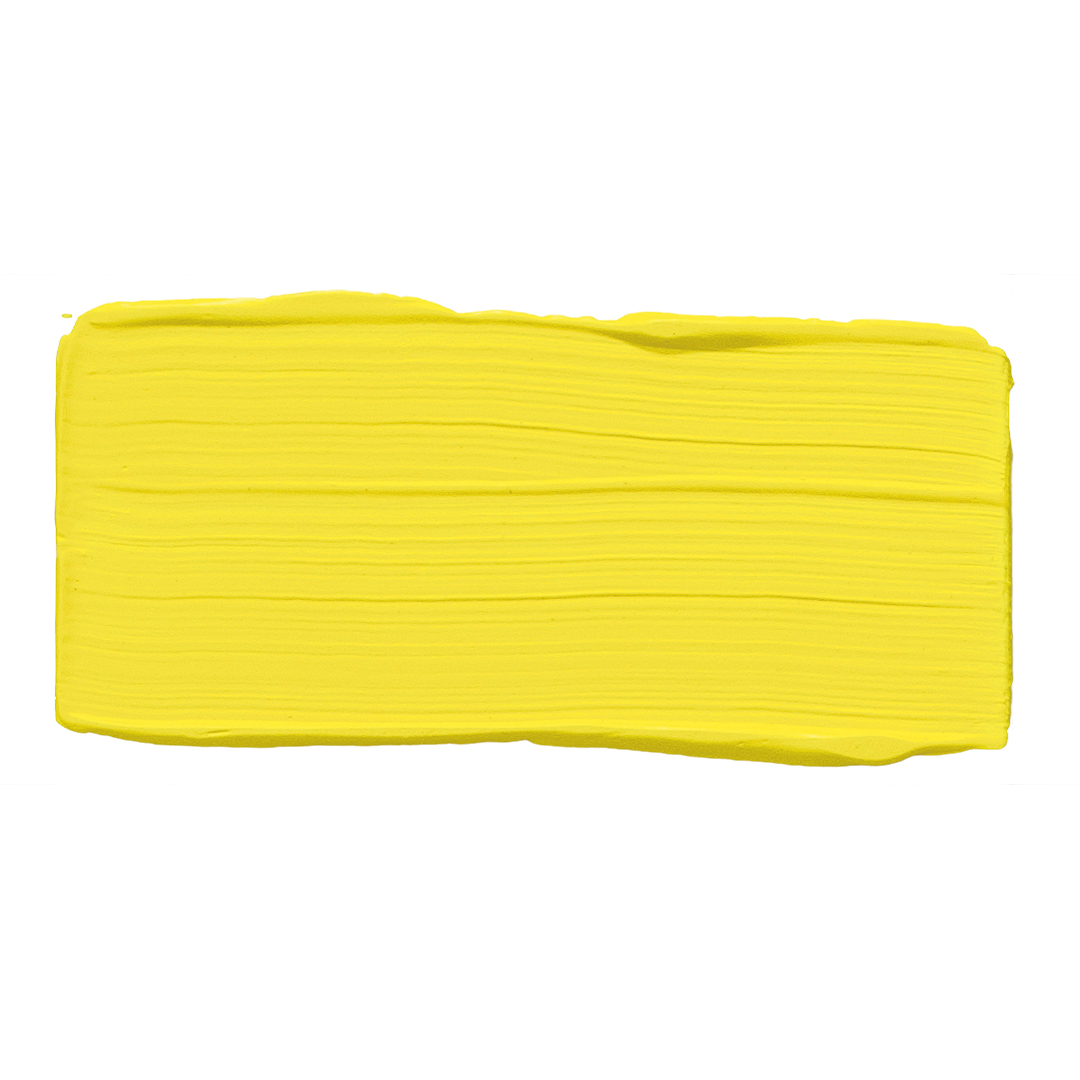


Brilliant, green-tinted basic yellow. In combination with phthalo blue cyan (439) ideal for mixing a brilliant, semi-opaque green range.


Brilliant, green-tinted basic yellow. In combination with phthalo blue cyan (439) ideal for mixing a brilliant, semi-opaque green range.

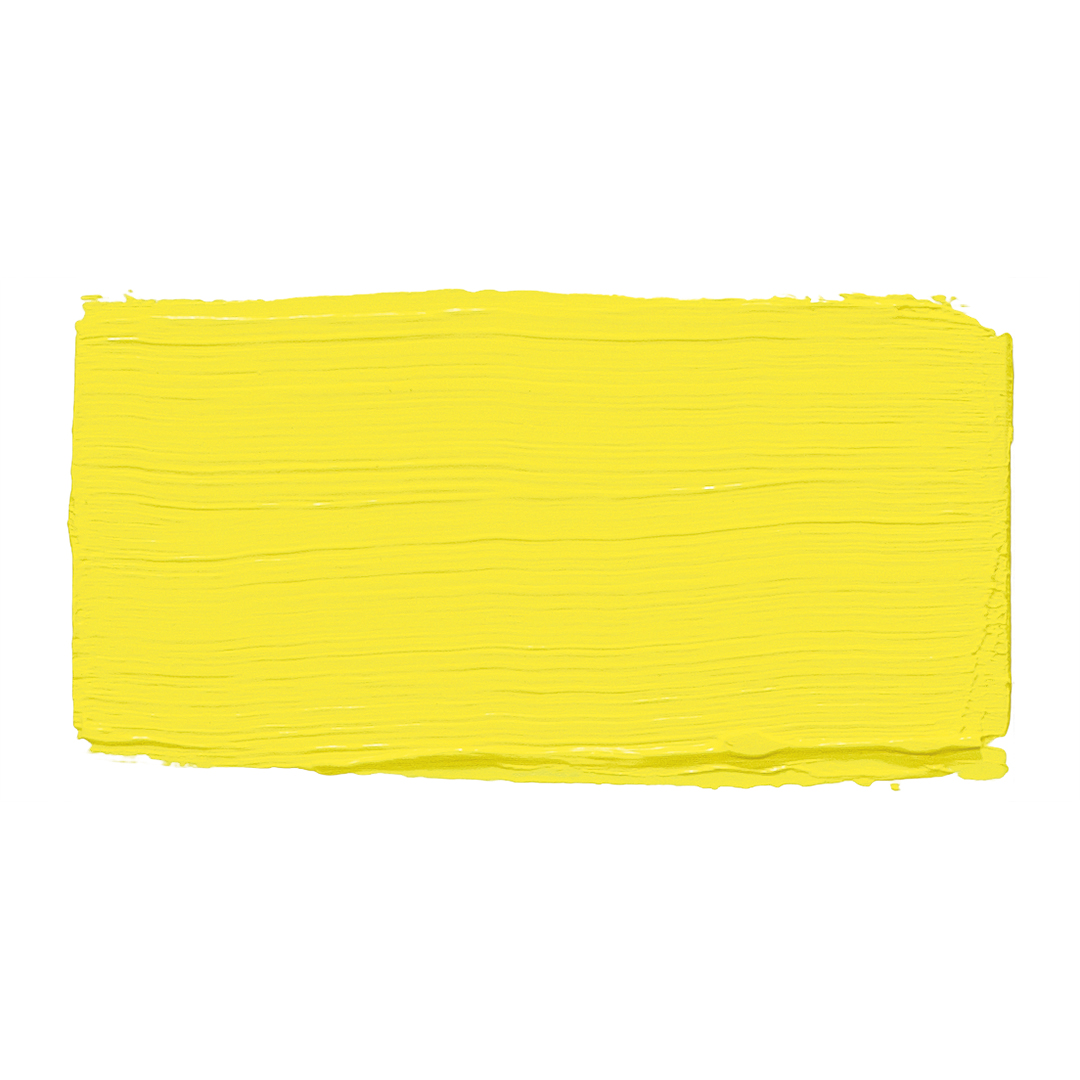


Brilliant yellow with a greenish tinge based on an inorganic pigment with high tinting power. Good mixing properties with Phthalo blue cyan (439), produces clear, brilliant and opaque green tones.


Brilliant yellow with a greenish tinge based on an inorganic pigment with high tinting power. Good mixing properties with Phthalo blue cyan (439), produces clear, brilliant and opaque green tones.







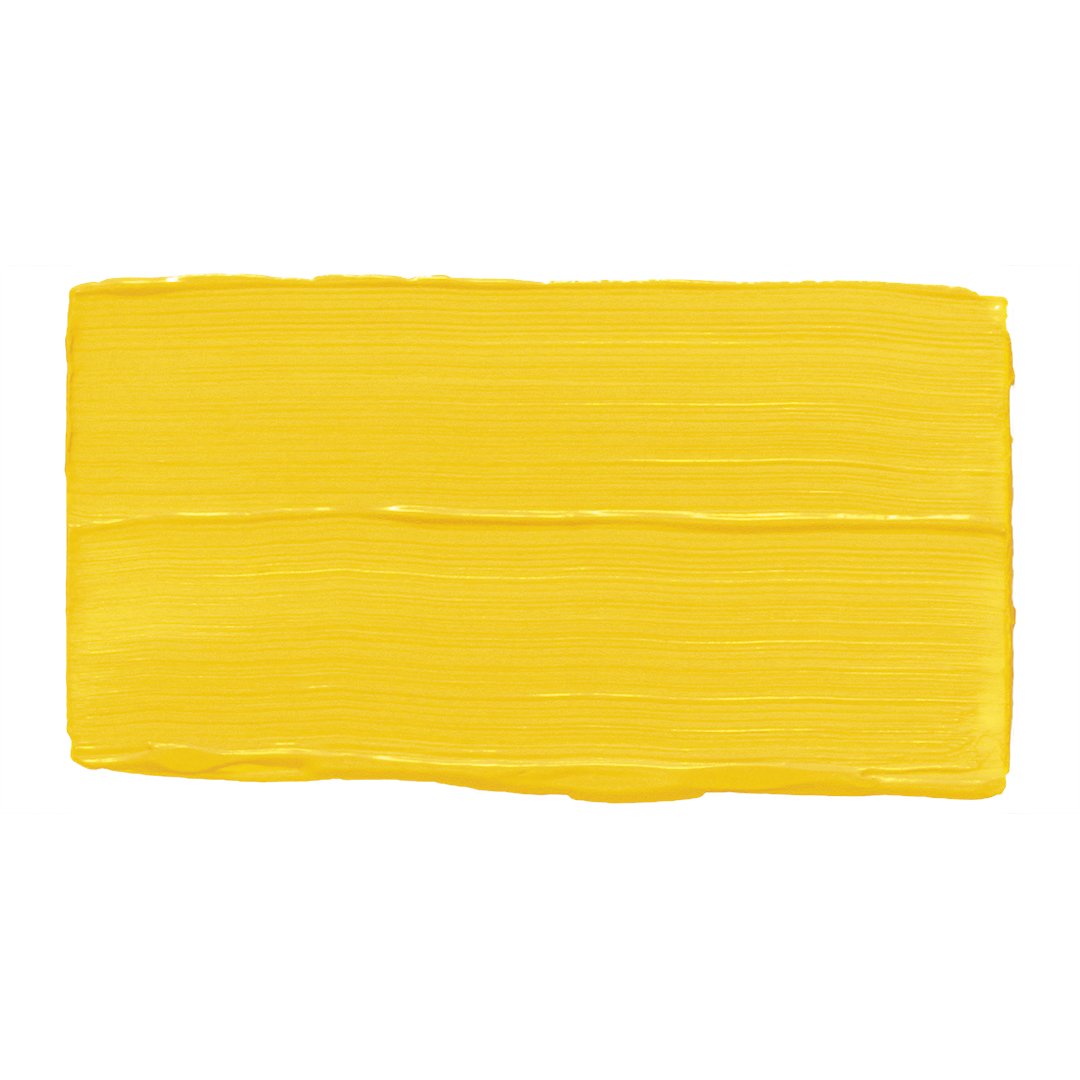


Pure, warm yellow. Great for lightened pure yellow and green shades.


Pure, warm yellow. Great for lightened pure yellow and green shades.

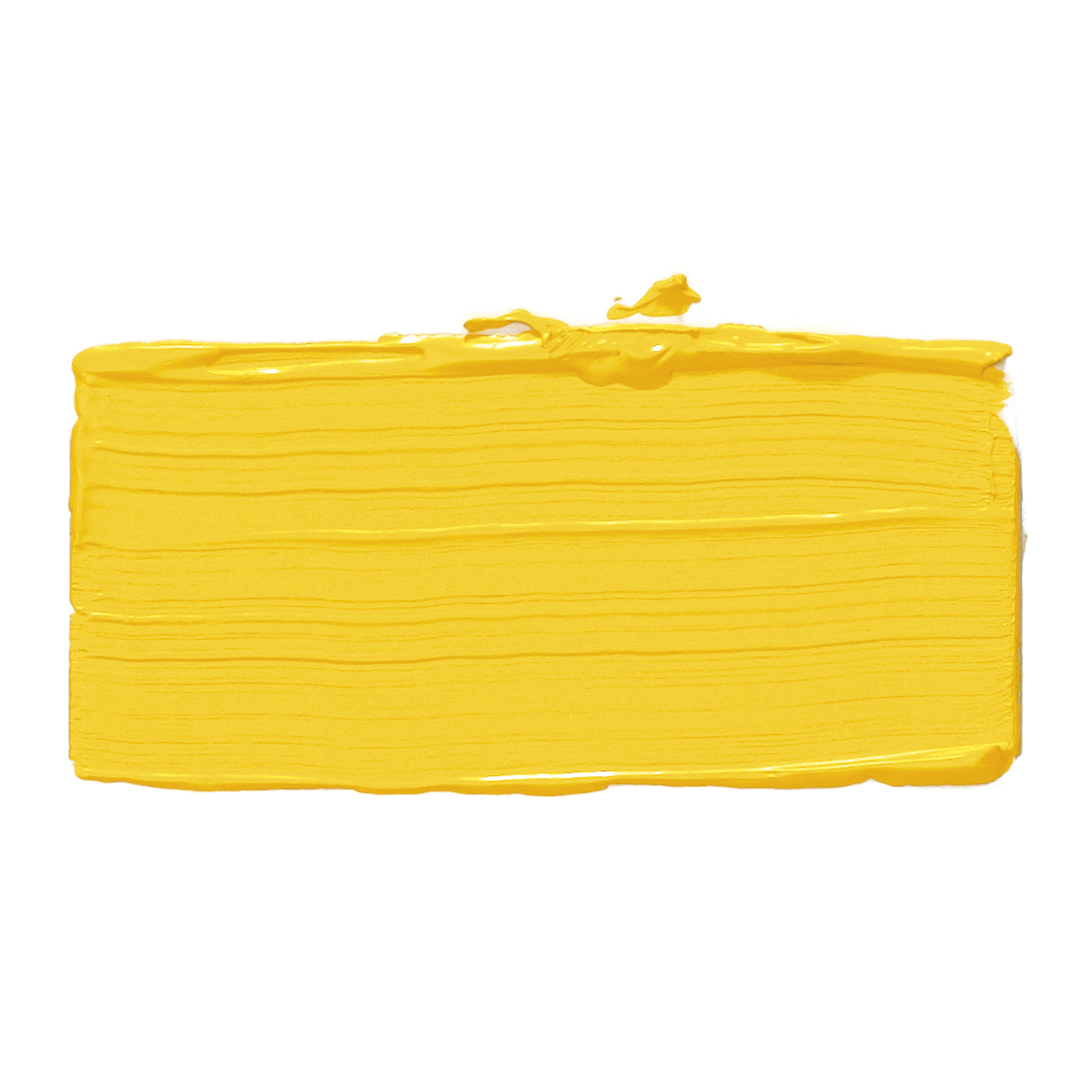


Brilliant, red-tinted basic yellow. Mixes well with Cadmium red light (317) to produce opaque orange tones.


Brilliant, red-tinted basic yellow. Mixes well with Cadmium red light (317) to produce opaque orange tones.

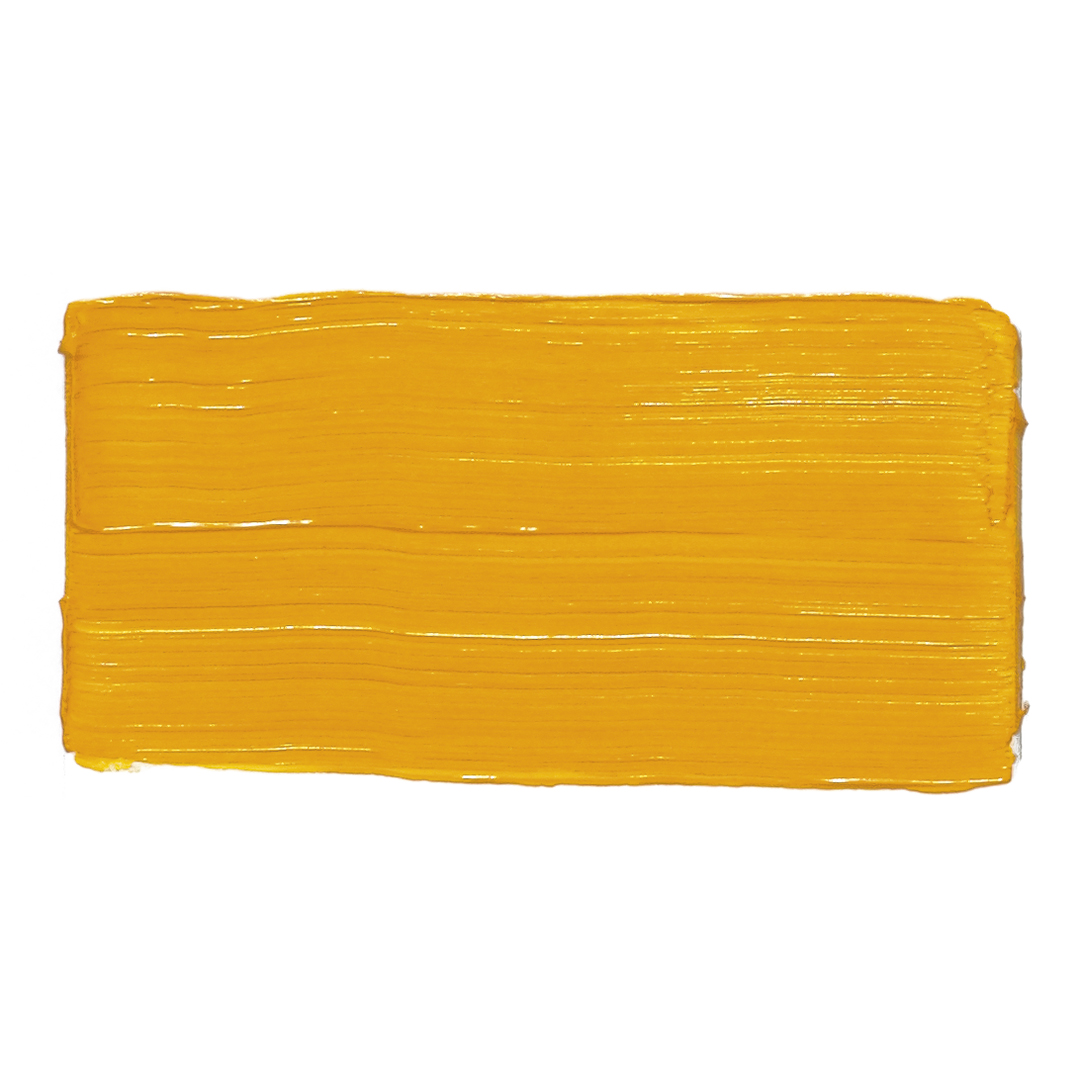


Translucent orange-yellow colour. In former times it was produced in India from the urine of cows which were fed with mango leafes. This colour is now recreated synthetically.


Translucent orange-yellow colour. In former times it was produced in India from the urine of cows which were fed with mango leafes. This colour is now recreated synthetically.

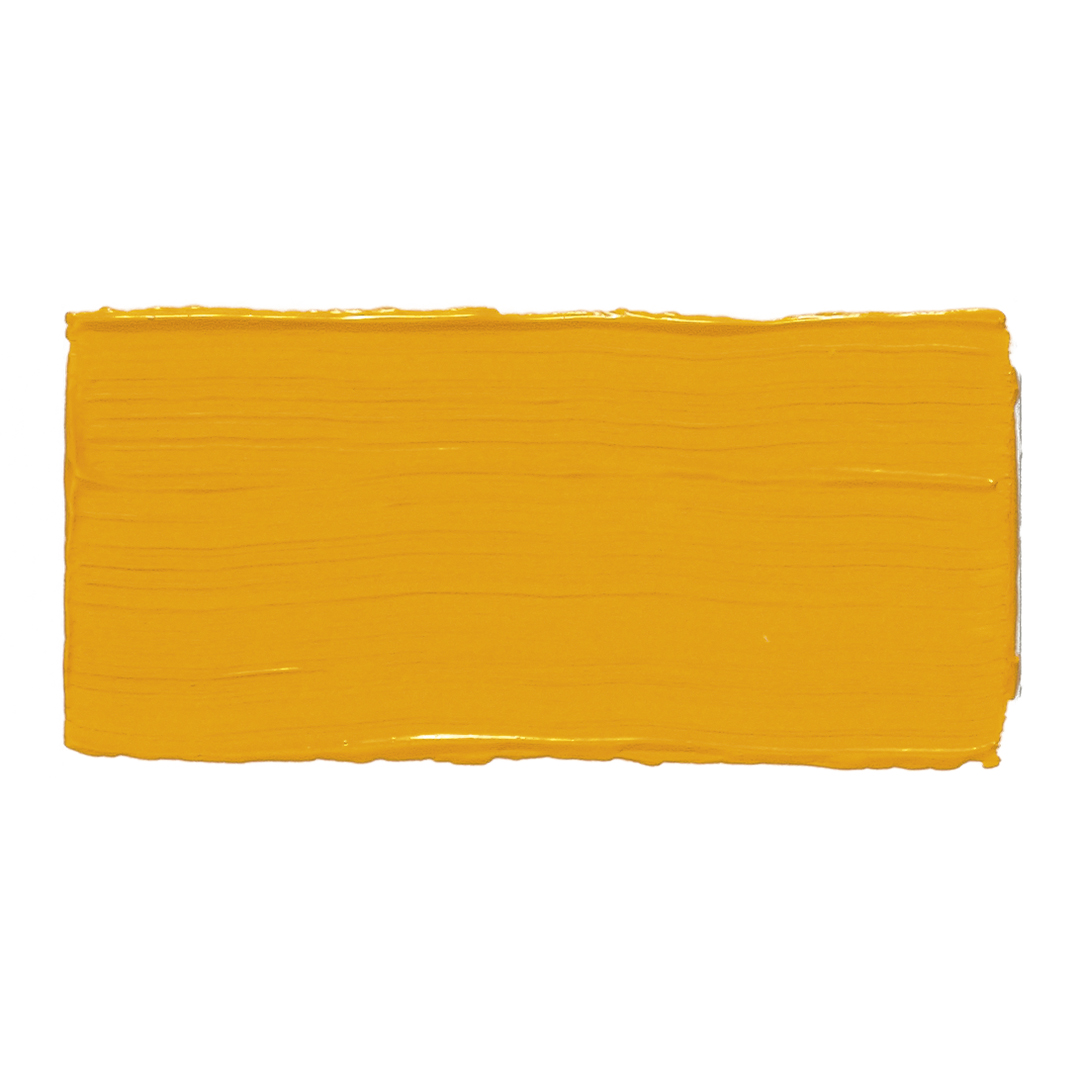





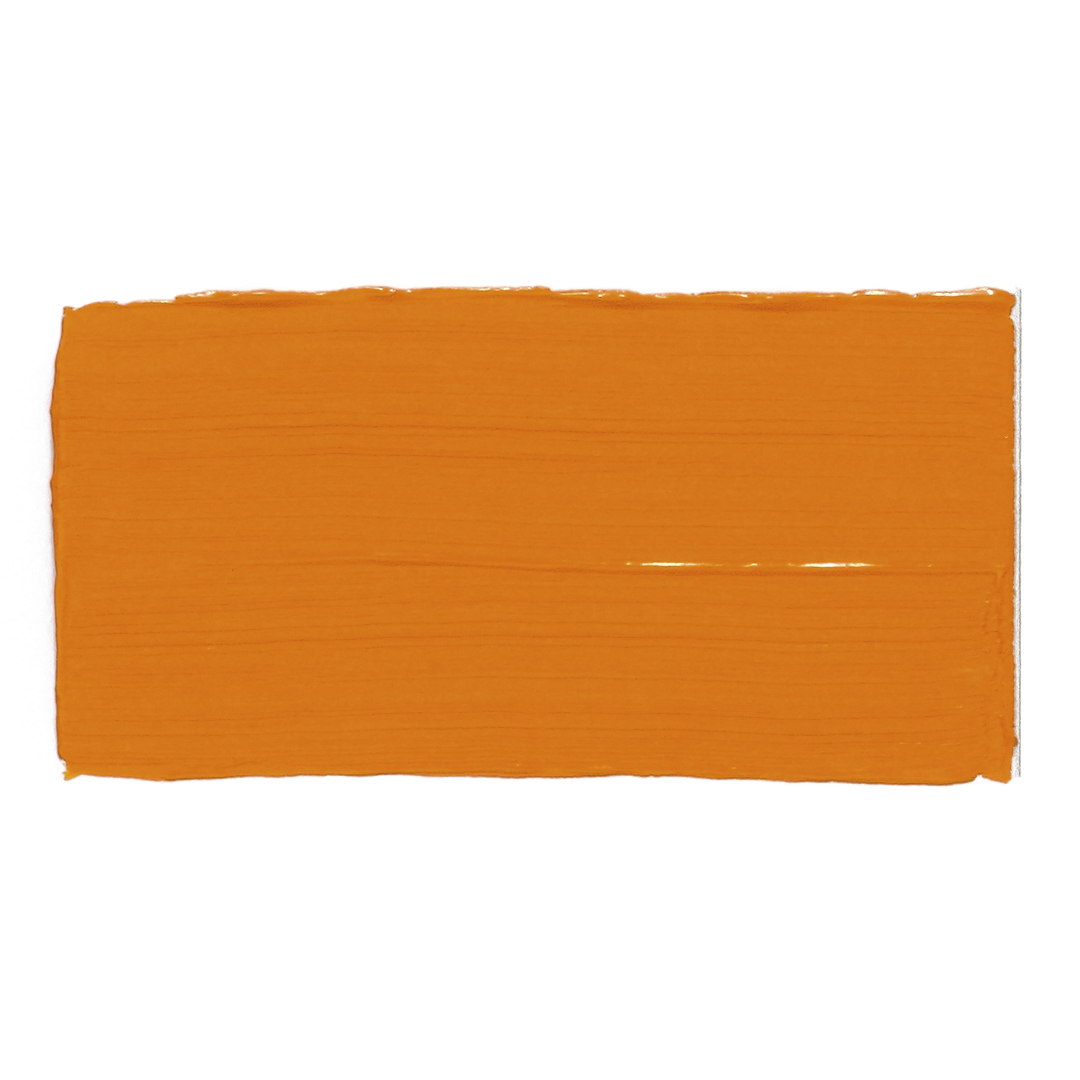





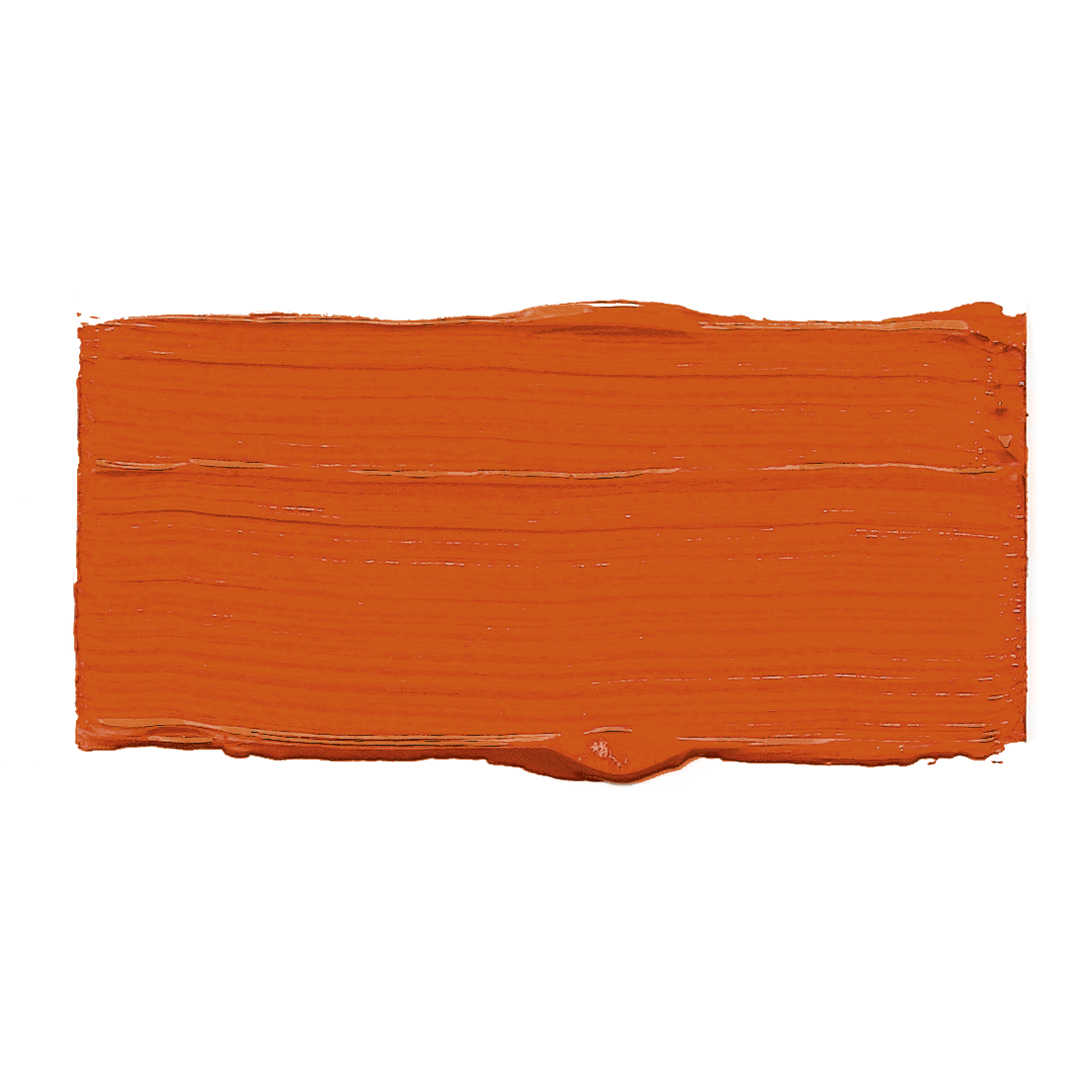





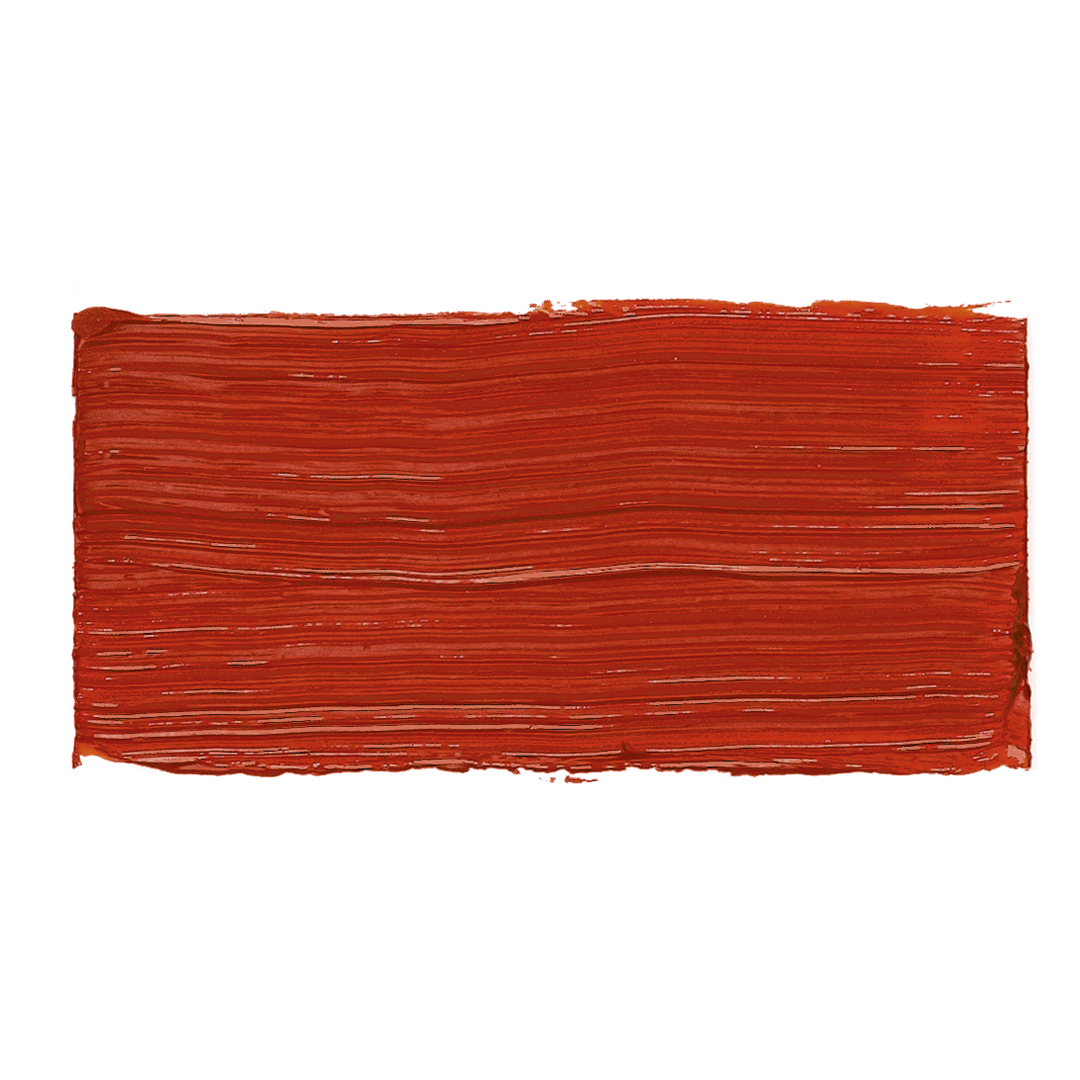


Glowing, transparent orange similar to poppy red.
*2025 renamed colour; previously known as “transparent orange”


Glowing, transparent orange similar to poppy red.
*2025 renamed colour; previously known as “transparent orange”




Deeply coloured, yellowish base red. With Cadmium yellow medium (211) ideal for mixing an opaque orange series.


Deeply coloured, yellowish base red. With Cadmium yellow medium (211) ideal for mixing an opaque orange series.

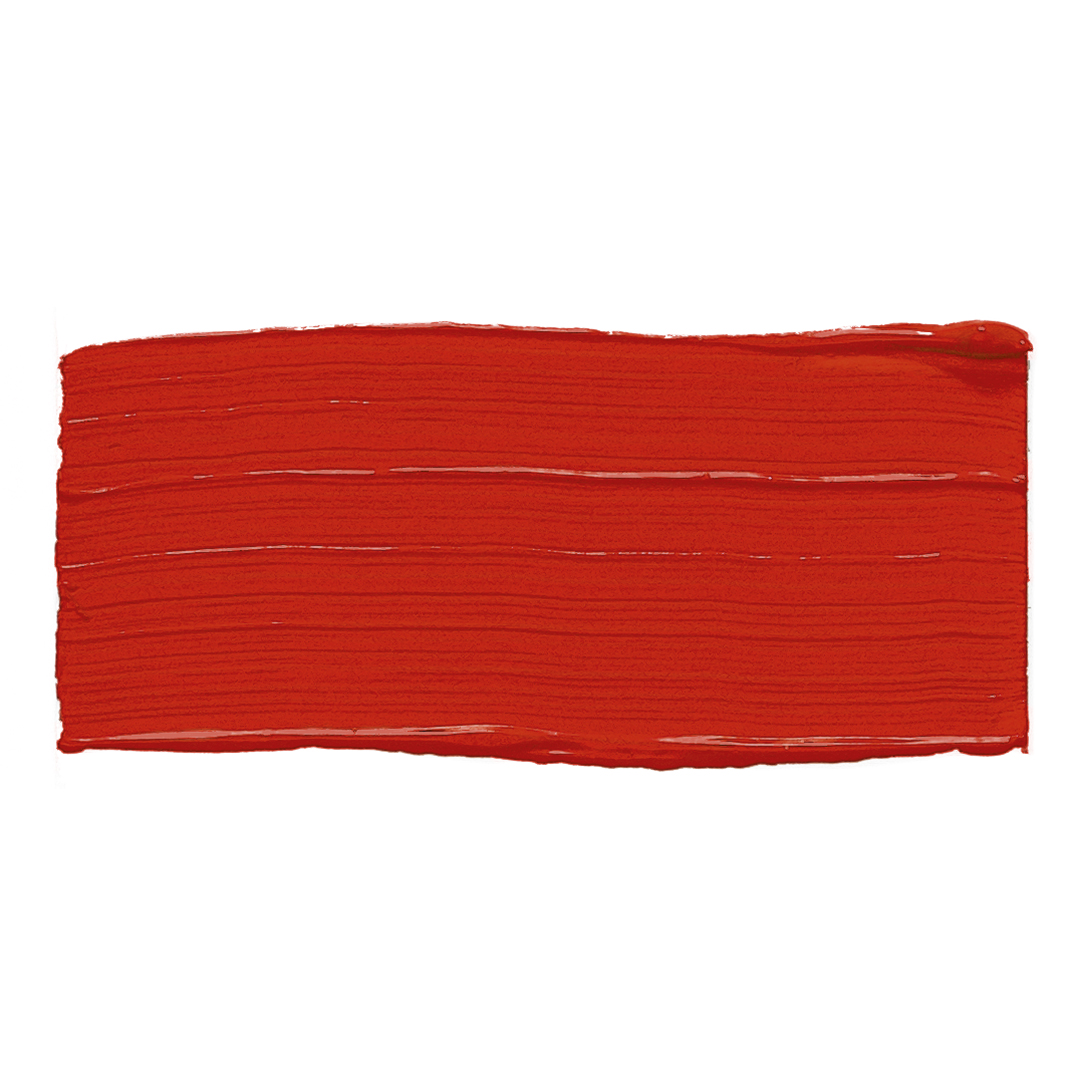


Bright, fiery red colour. Reproduction of the originally used mineral mountain cinnabar.


Bright, fiery red colour. Reproduction of the originally used mineral mountain cinnabar.

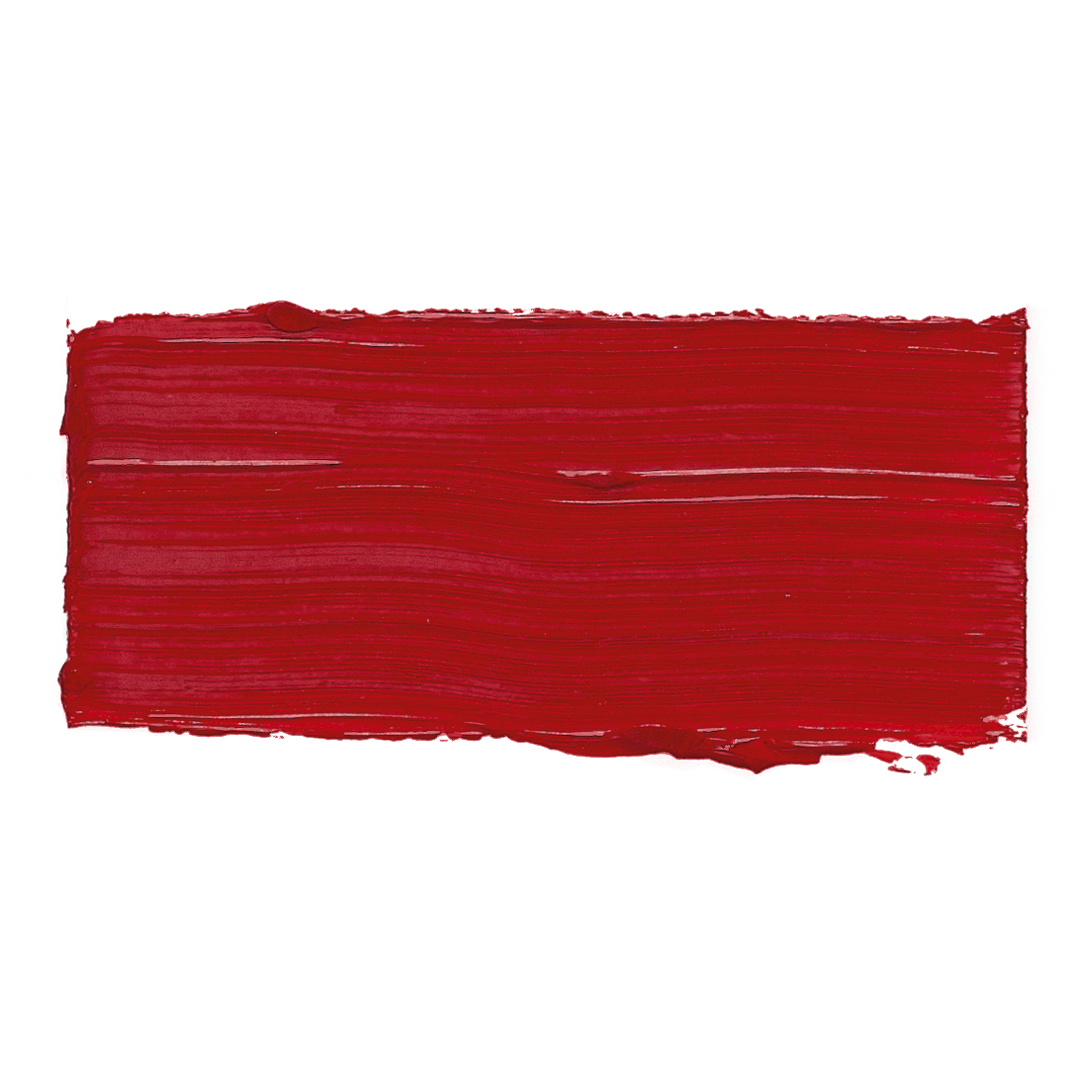


Deeply coloured, yellowish base red. With Cadmium yellow medium (211) ideal for mixing an opaque orange series.
*2025 renamed colour; previously known as “Madder brilliant”.


Deeply coloured, yellowish base red. With Cadmium yellow medium (211) ideal for mixing an opaque orange series.
*2025 renamed colour; previously known as “Madder brilliant”.

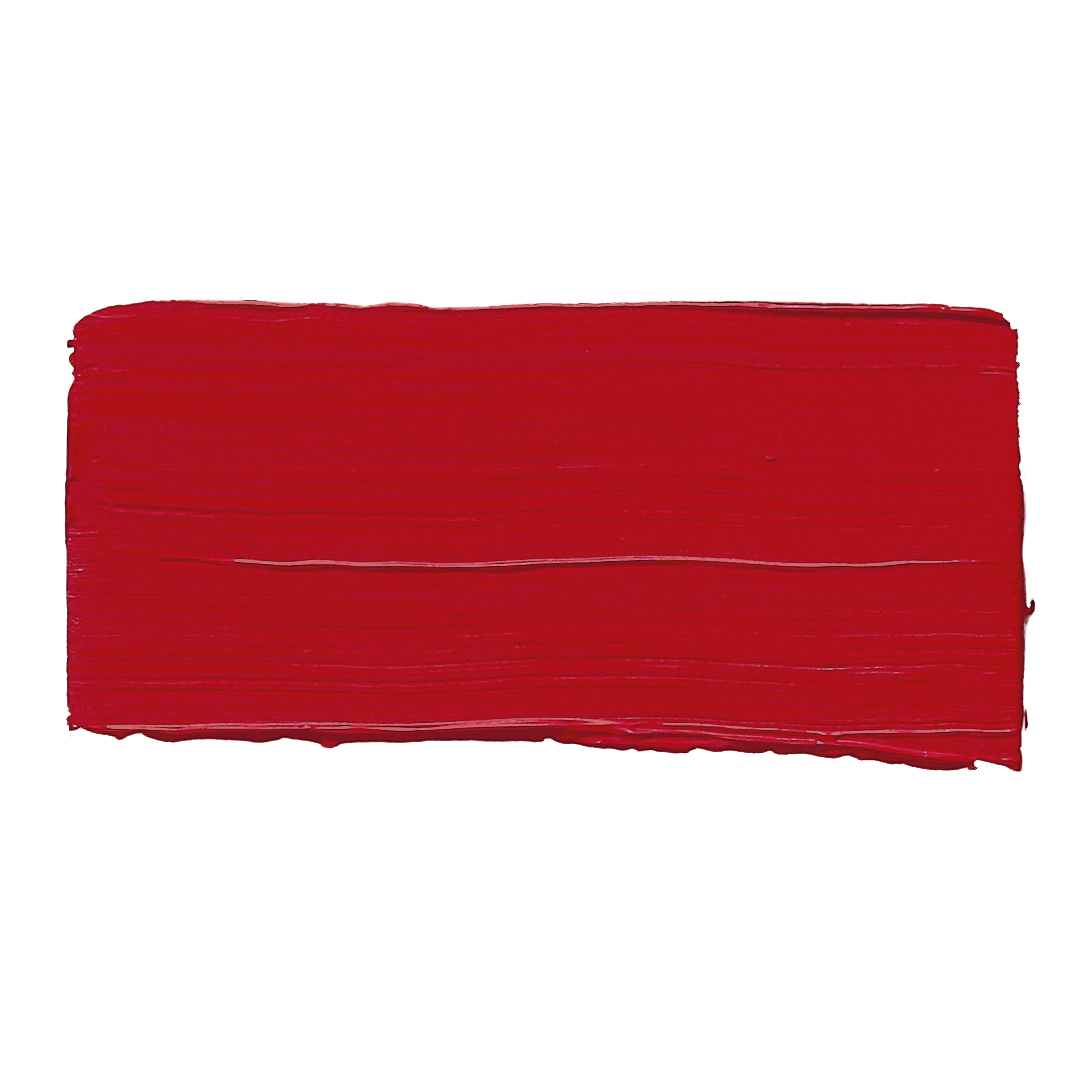





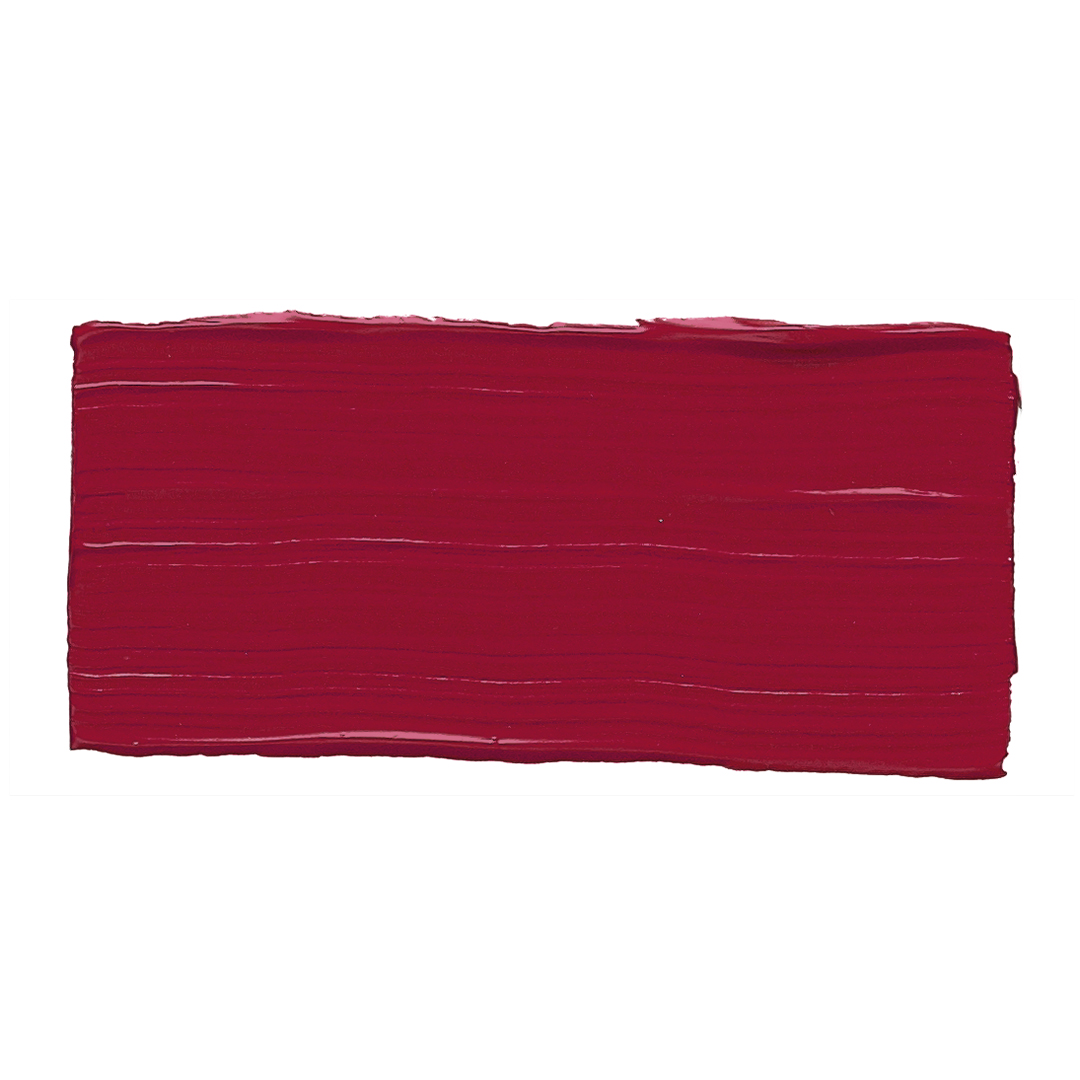


Brilliant red, not as radiant as Pyrrole red dark (323).


Brilliant red, not as radiant as Pyrrole red dark (323).

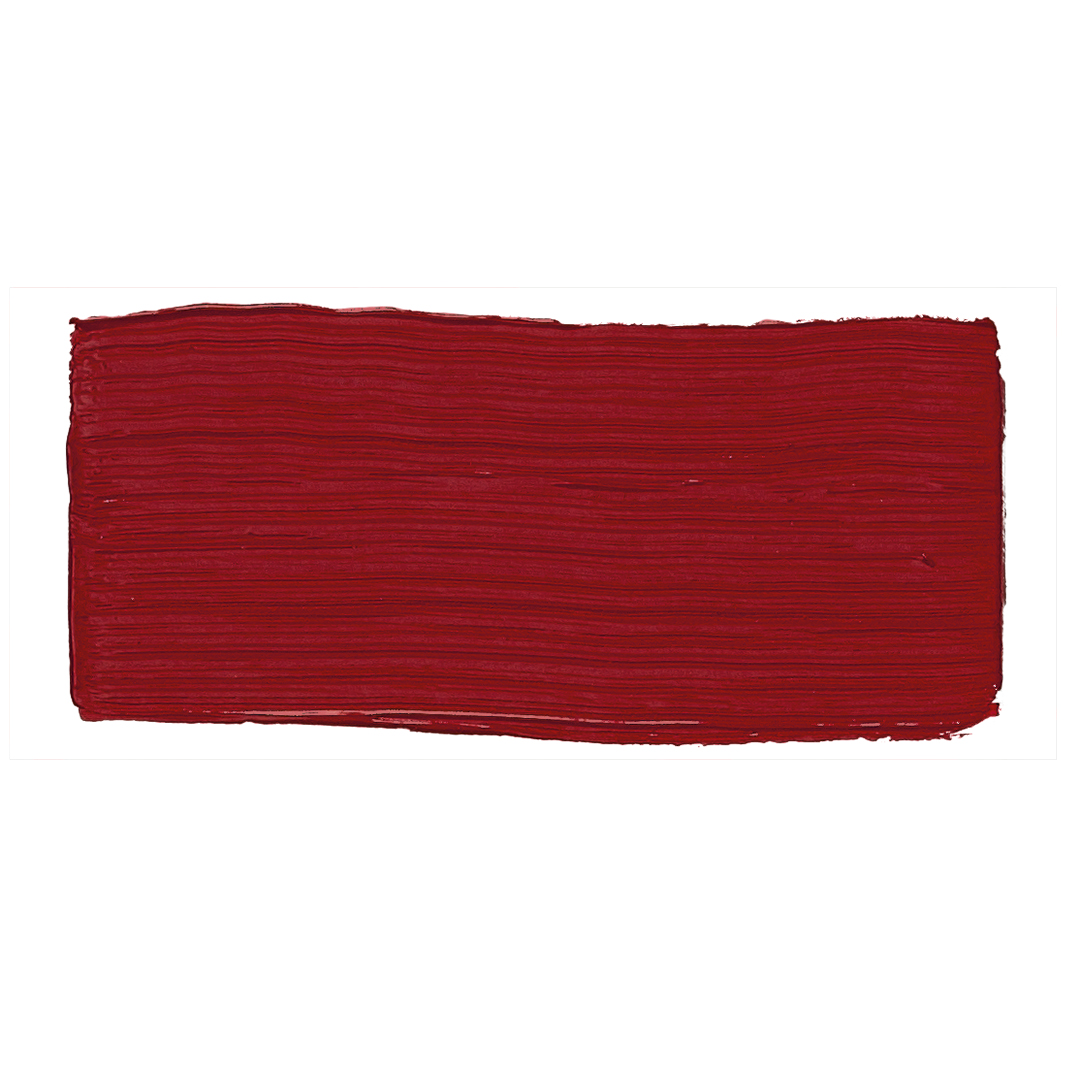


Deeply coloured, yellowish base red. With Cadmium yellow medium (211) ideal for mixing an opaque orange series.
*2025 renamed colour; previously known as “Ruby”.


Deeply coloured, yellowish base red. With Cadmium yellow medium (211) ideal for mixing an opaque orange series.
*2025 renamed colour; previously known as “Ruby”.

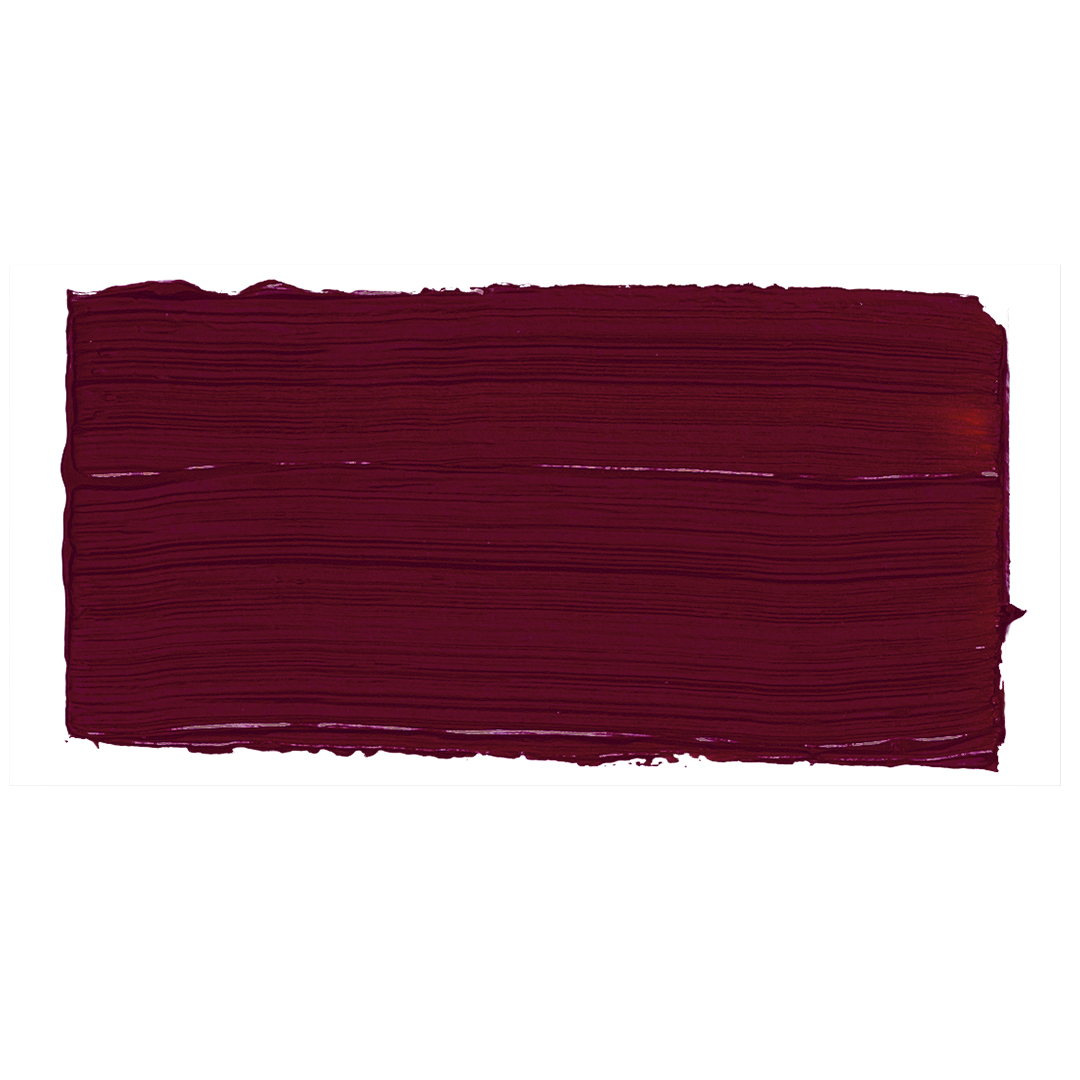











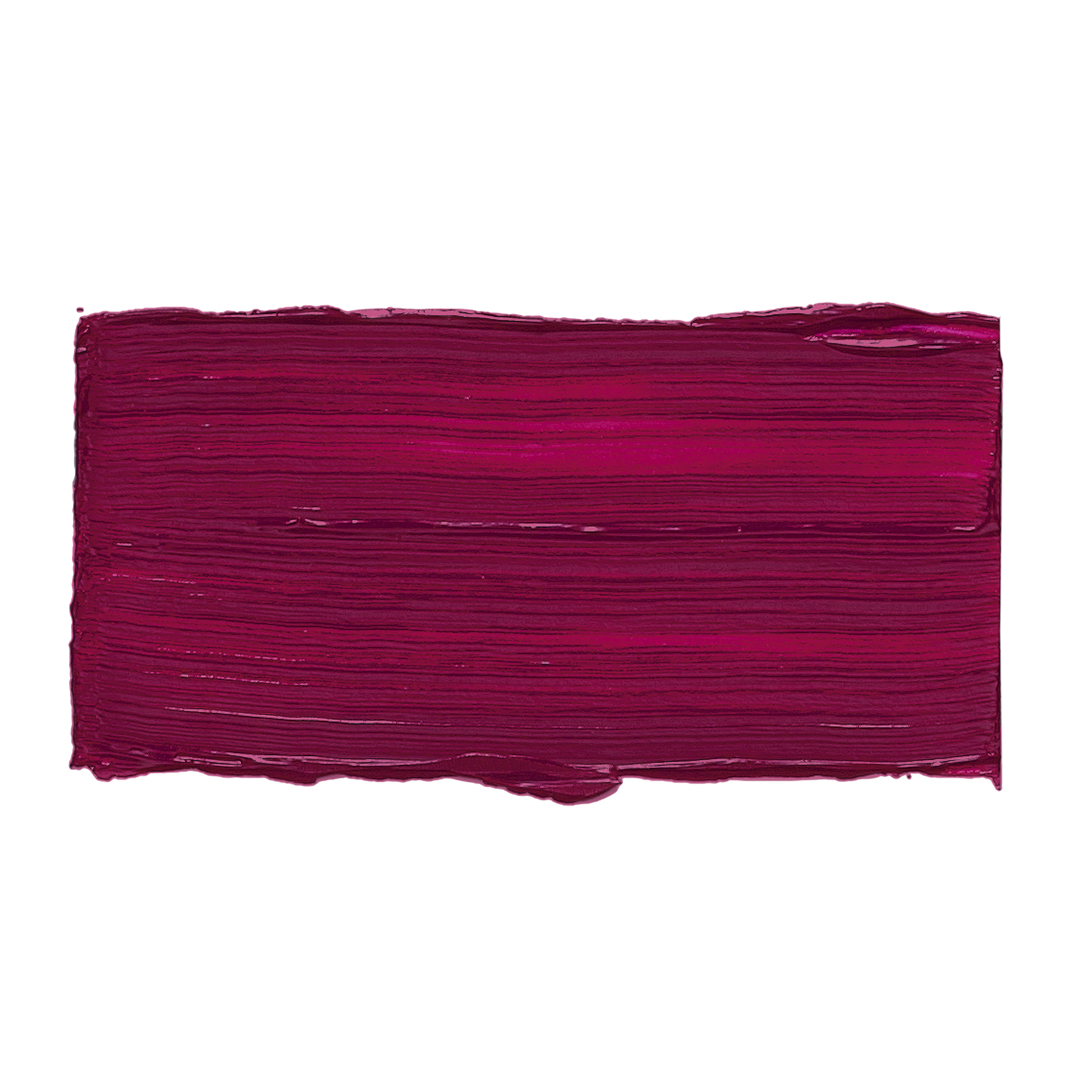


Translucent blue-tinted basic red. Mixtures with Ultramarine blue (433) produce brilliant, transparent violet tones.


Translucent blue-tinted basic red. Mixtures with Ultramarine blue (433) produce brilliant, transparent violet tones.

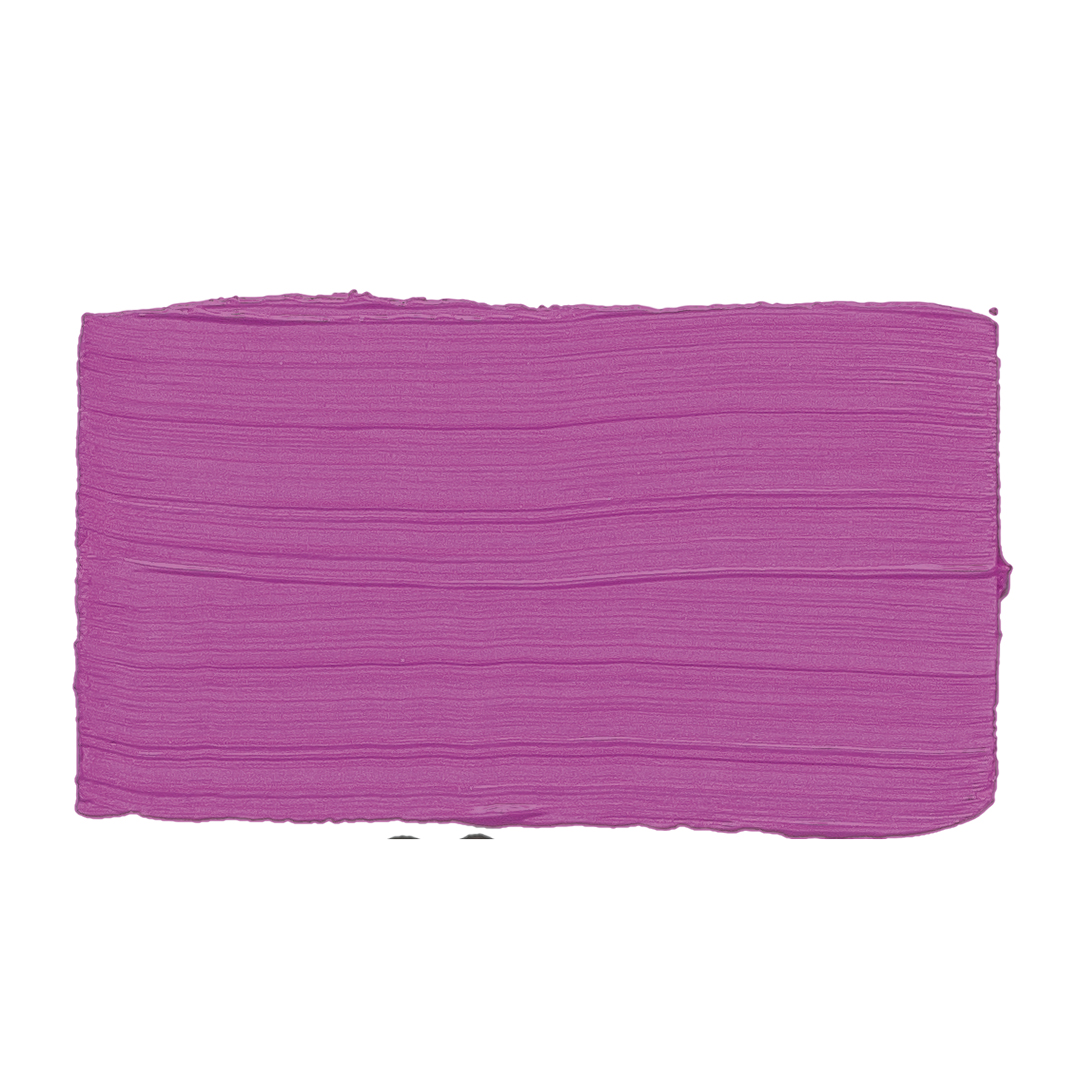


Magenta is one of the three primary colours of the subtractive colour model.


Magenta is one of the three primary colours of the subtractive colour model.

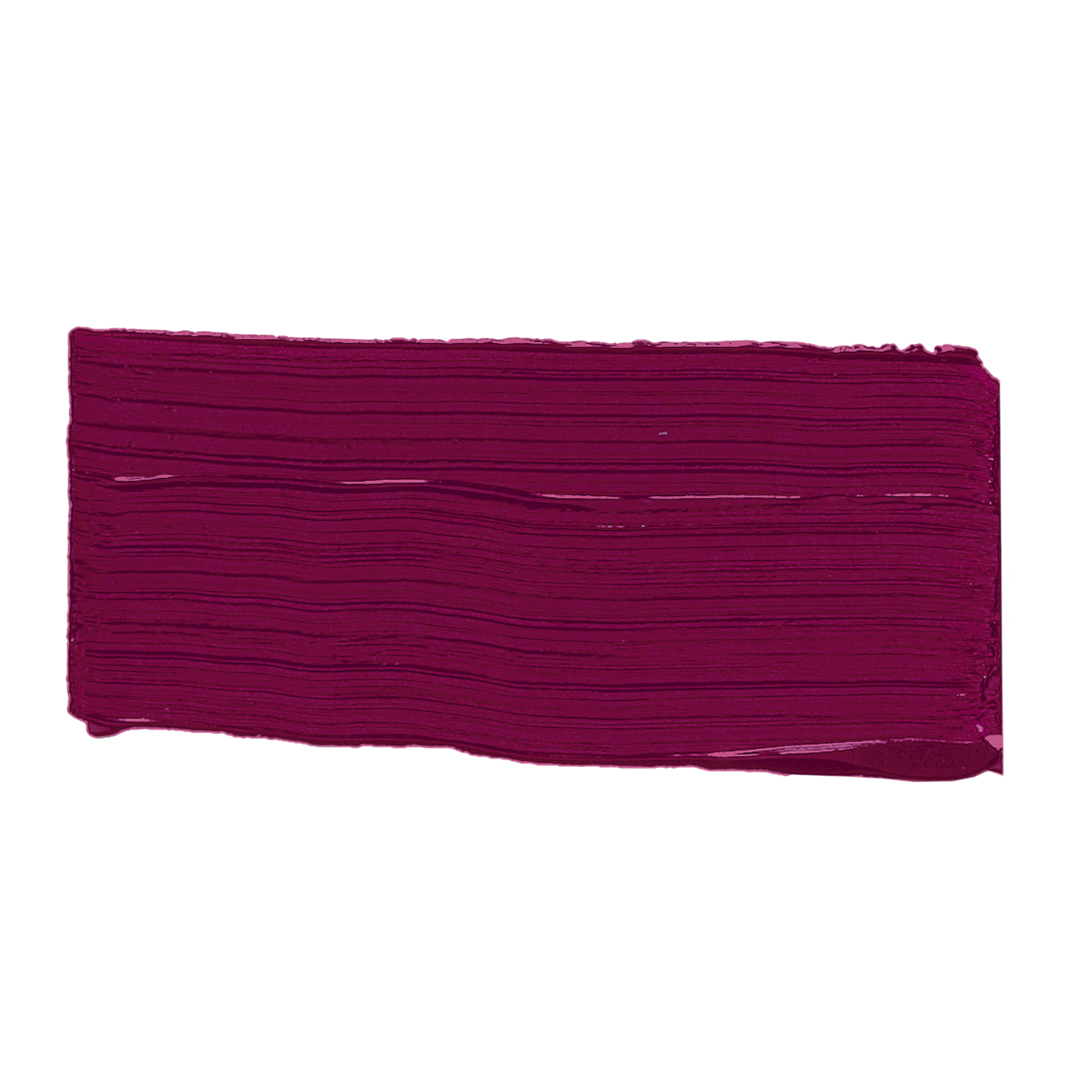








Cool, intense violet hue. In mixtures, it creates delicate blue-greys.


Cool, intense violet hue. In mixtures, it creates delicate blue-greys.

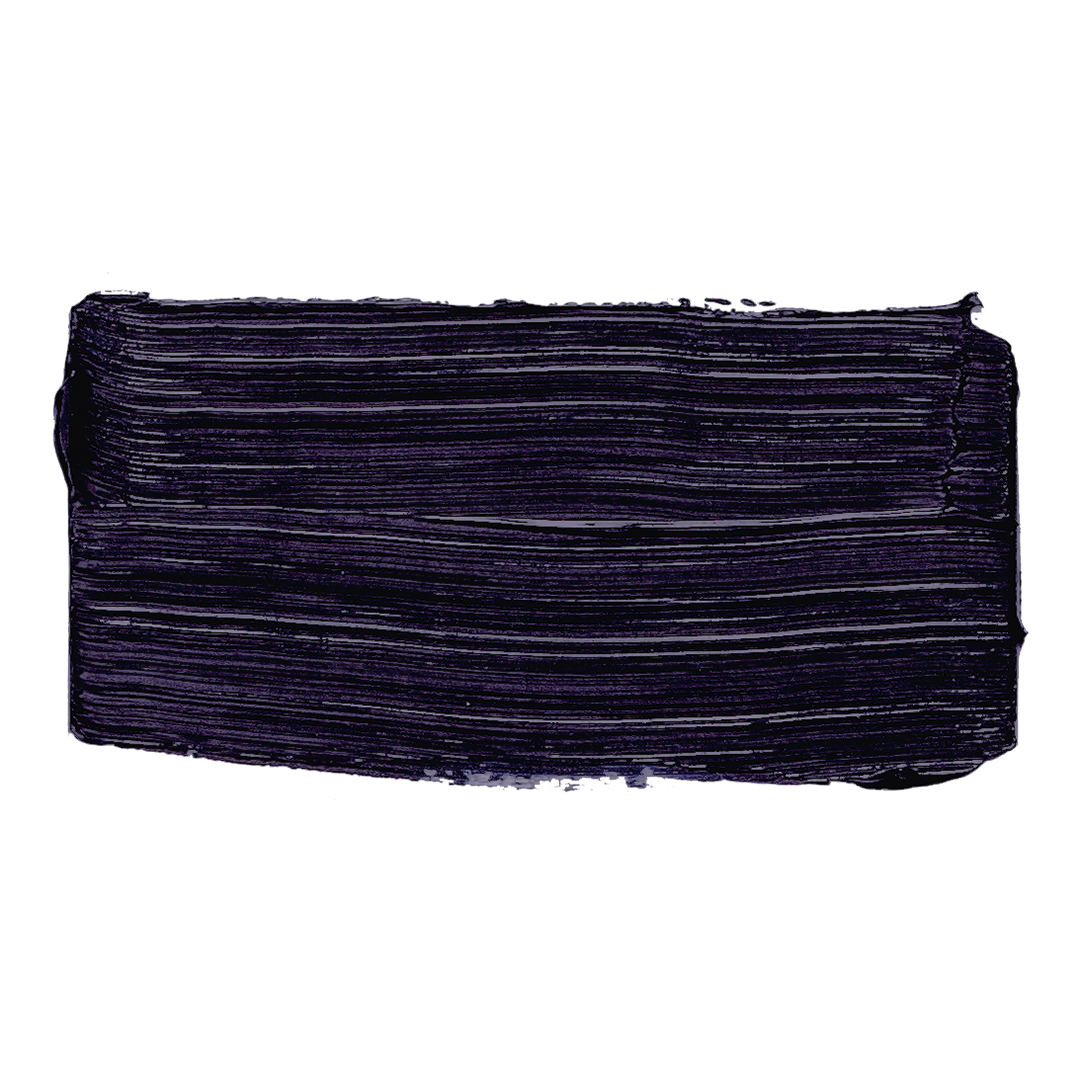


Deep, midnight blue with strong tinting power. Lightfast imitation of the original indigo.


Deep, midnight blue with strong tinting power. Lightfast imitation of the original indigo.

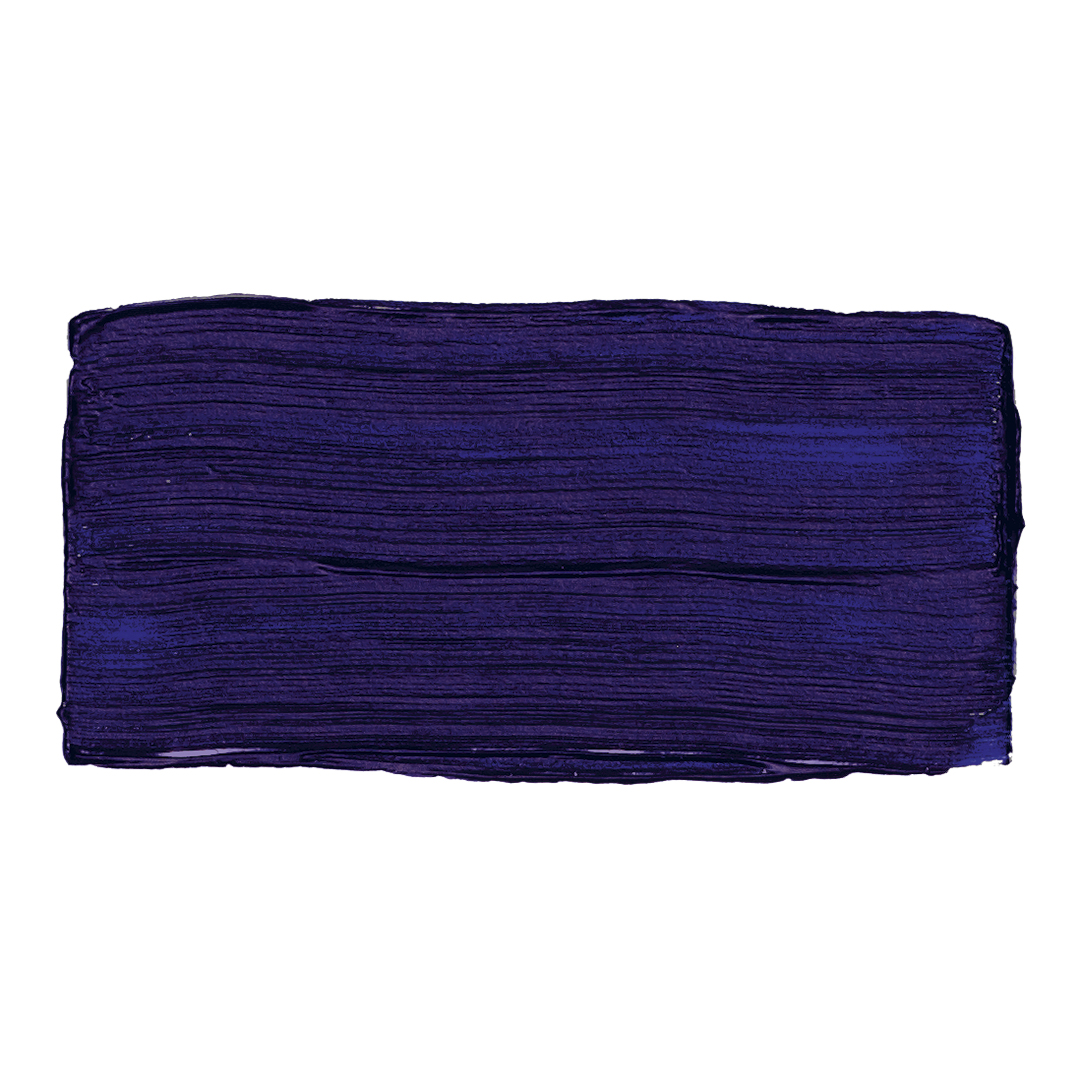


Finely transparent, red-tinted blue. Very deep full colour due to hight tinting power.
*2025 renamed colour; previously known as “Delft blue”.


Finely transparent, red-tinted blue. Very deep full colour due to hight tinting power.
*2025 renamed colour; previously known as “Delft blue”.

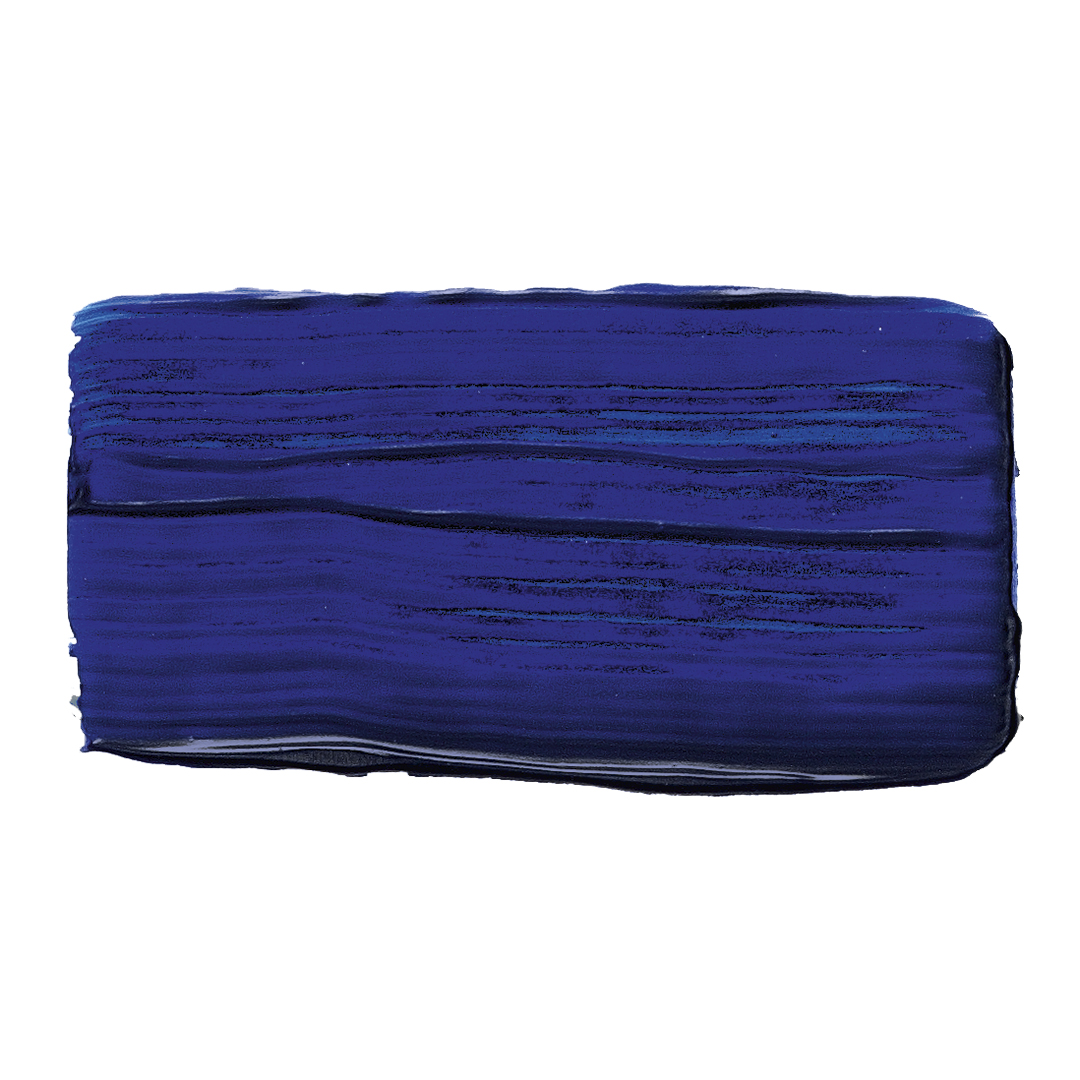


Pure basic blue with a reddish tinge. Mixtures with Quinacridone magenta (326) produce brilliant, transparent violet tones.


Pure basic blue with a reddish tinge. Mixtures with Quinacridone magenta (326) produce brilliant, transparent violet tones.

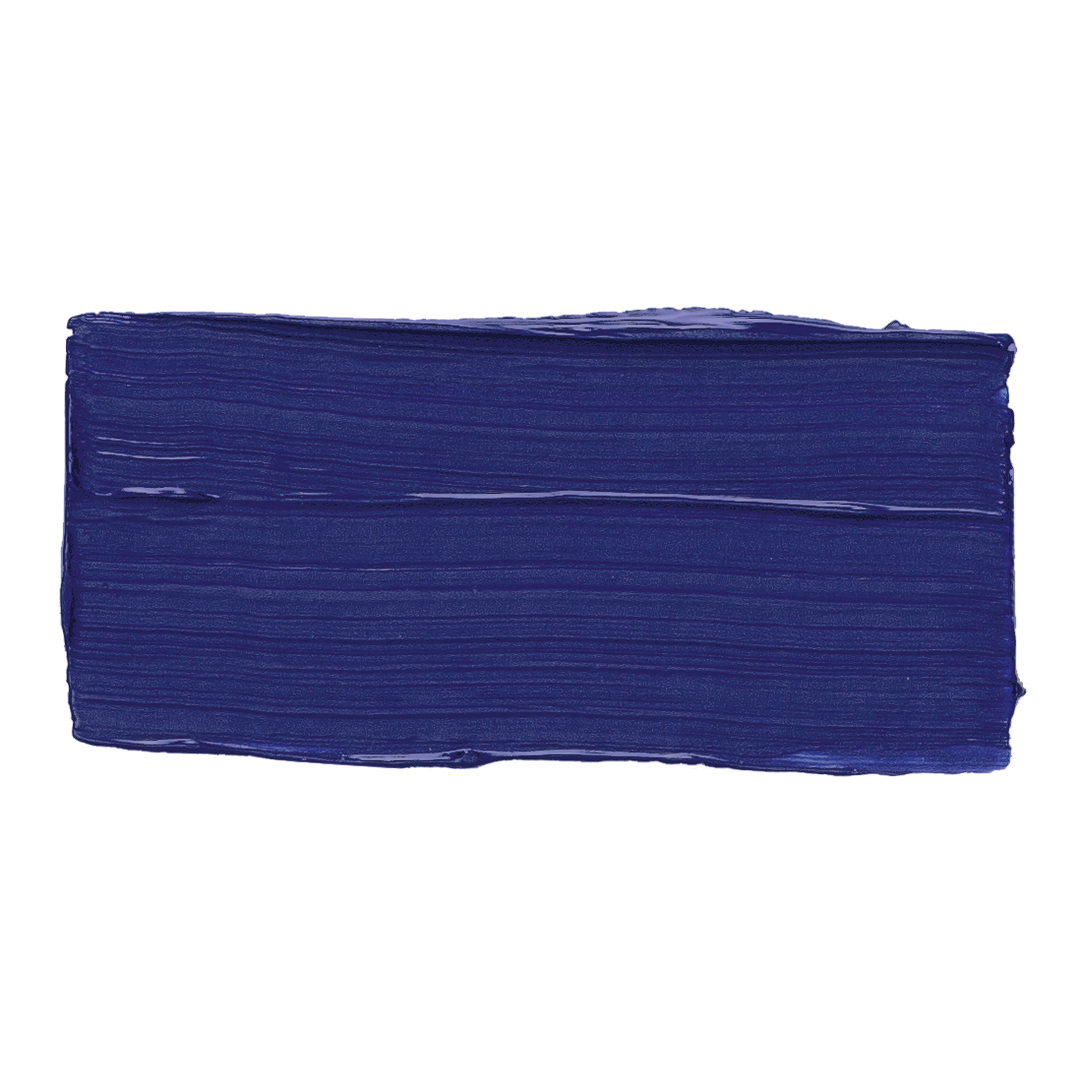


Deeper and more reddish than Cobalt blue light (435).


Deeper and more reddish than Cobalt blue light (435).




Clear blue; very good base for blue sky colours.


Clear blue; very good base for blue sky colours.

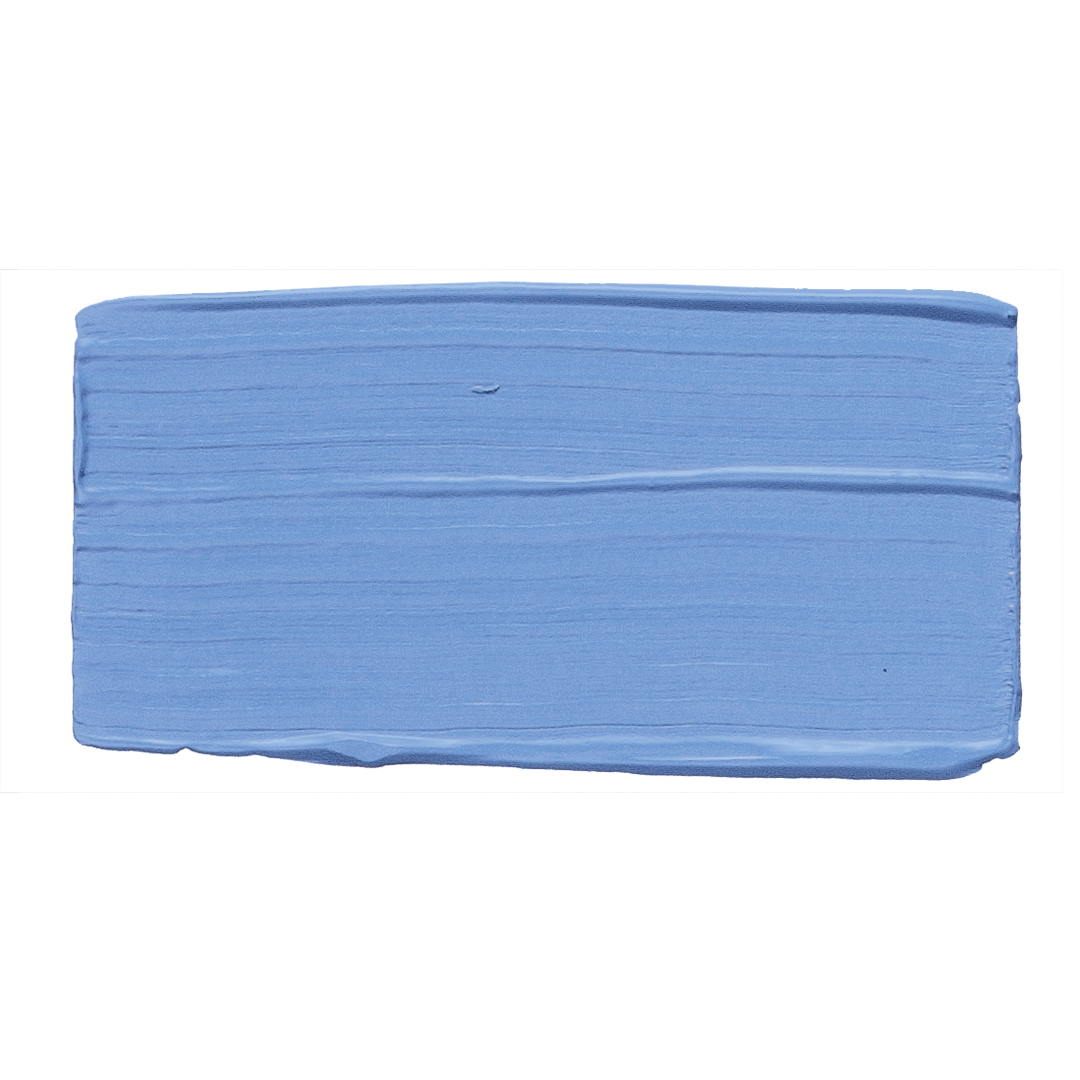





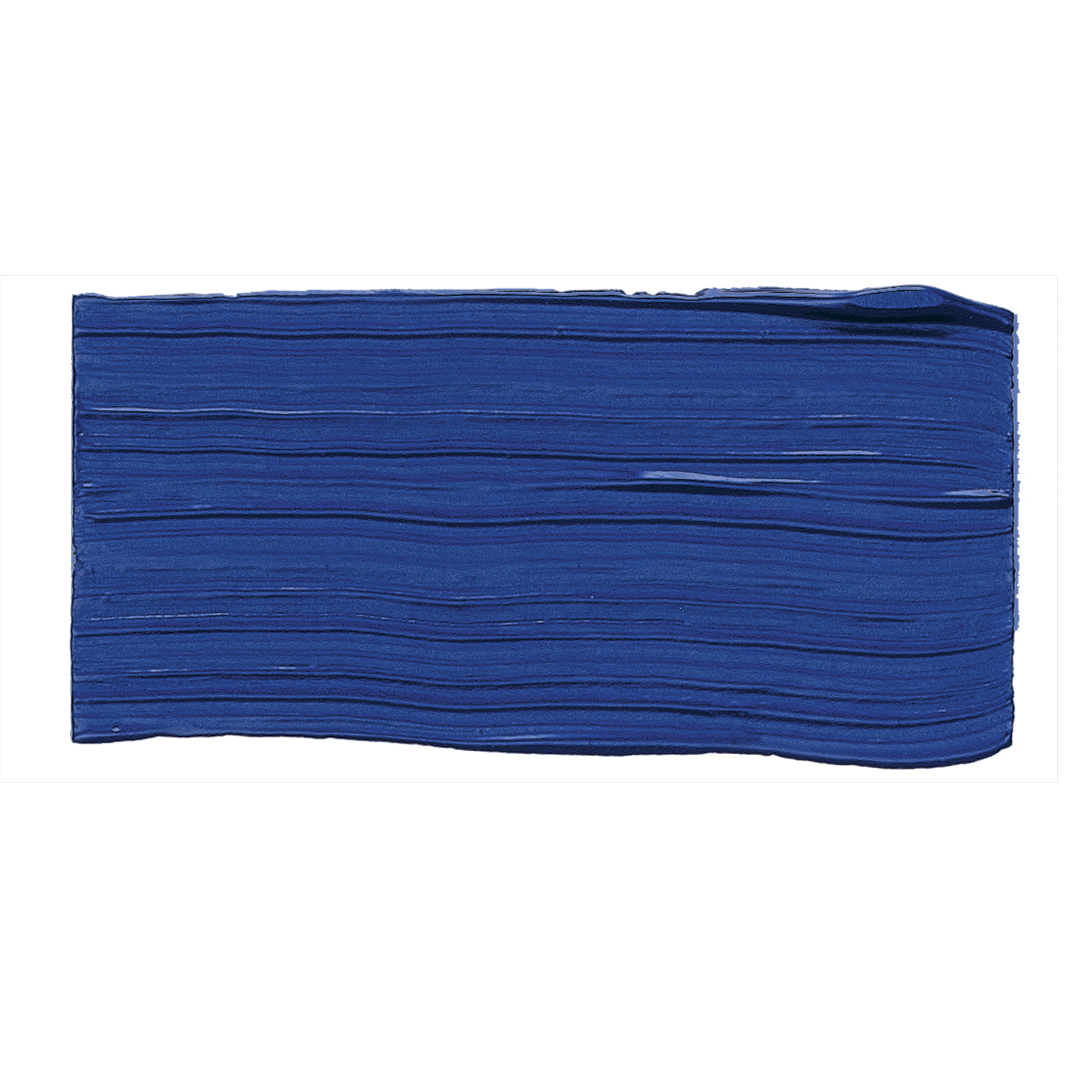


Inspired by the deep blue tones of the Middle East, originally made from lapis lazuli and smalt, now produced synthetically.


Inspired by the deep blue tones of the Middle East, originally made from lapis lazuli and smalt, now produced synthetically.




Transparent basic blue. Brilliant, semi-opaque green shades can be obtained by mixing with Hansa yellow lemon (205). Mixtures with Quinacridone magenta (326) produce brilliant, transparent violet shades


Transparent basic blue. Brilliant, semi-opaque green shades can be obtained by mixing with Hansa yellow lemon (205). Mixtures with Quinacridone magenta (326) produce brilliant, transparent violet shades

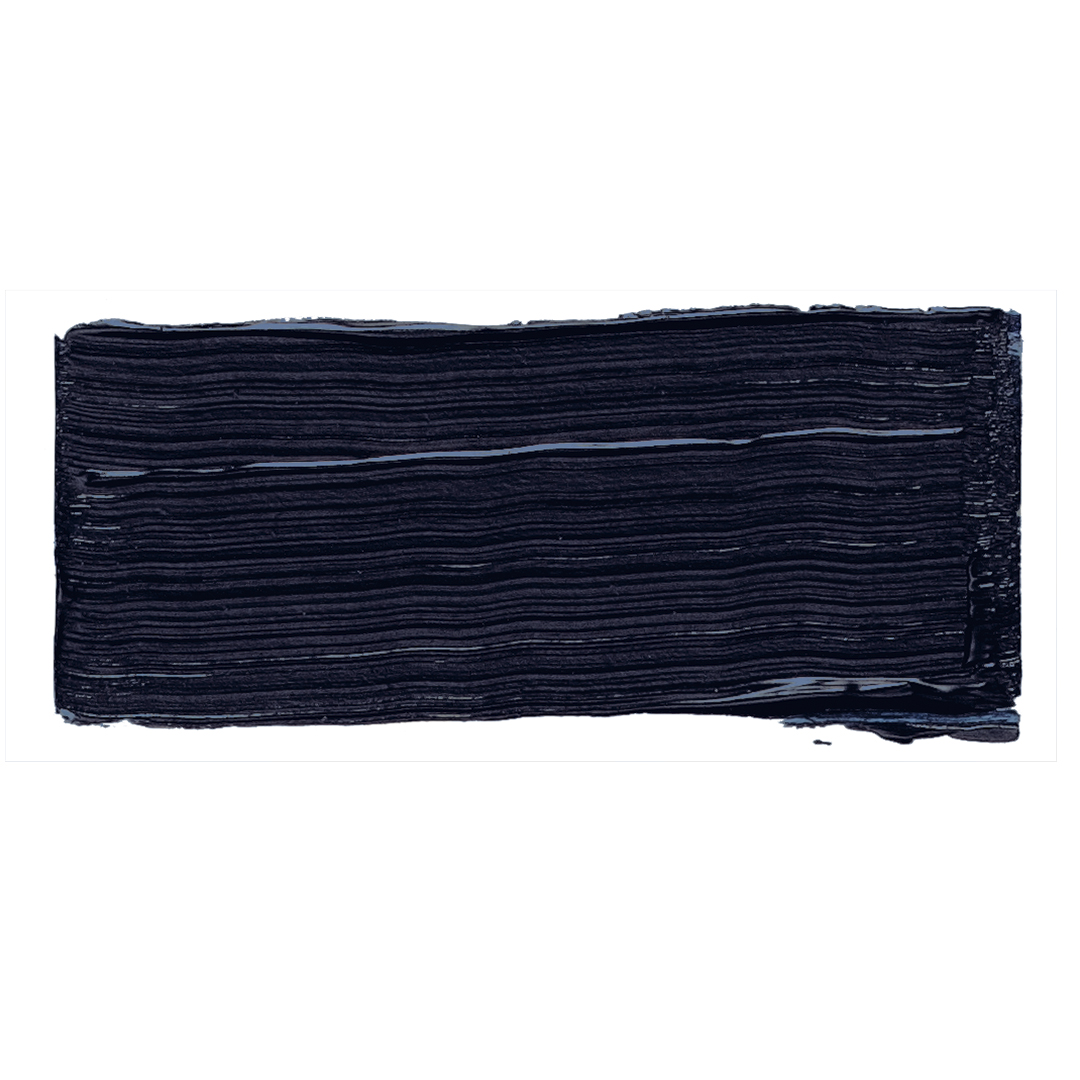


Black blue in full shades; produces a green-tinted blue in mixtures with white or in glazes.


Black blue in full shades; produces a green-tinted blue in mixtures with white or in glazes.

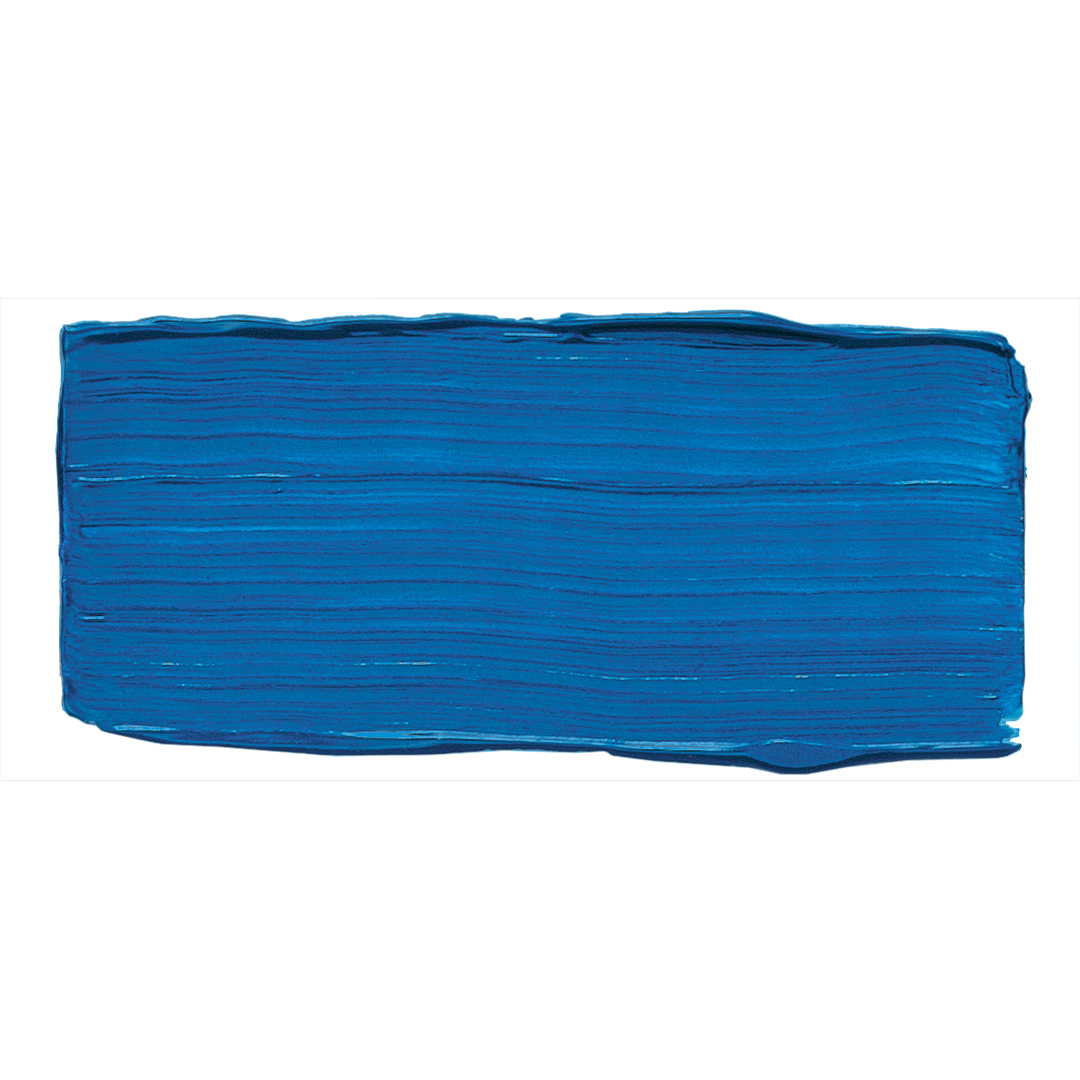


Turquoise tinted blue. Good basis for marine colours.


Turquoise tinted blue. Good basis for marine colours.

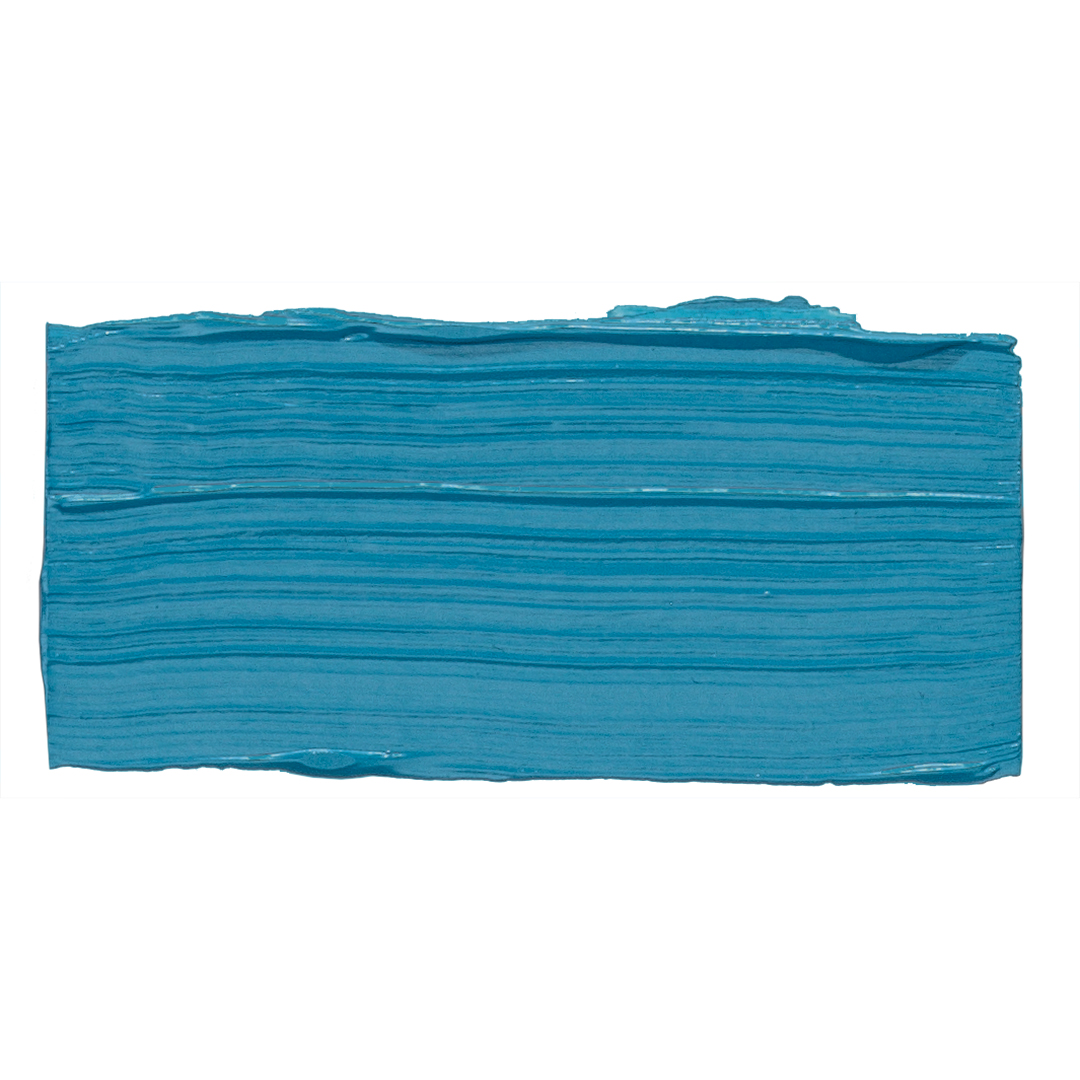





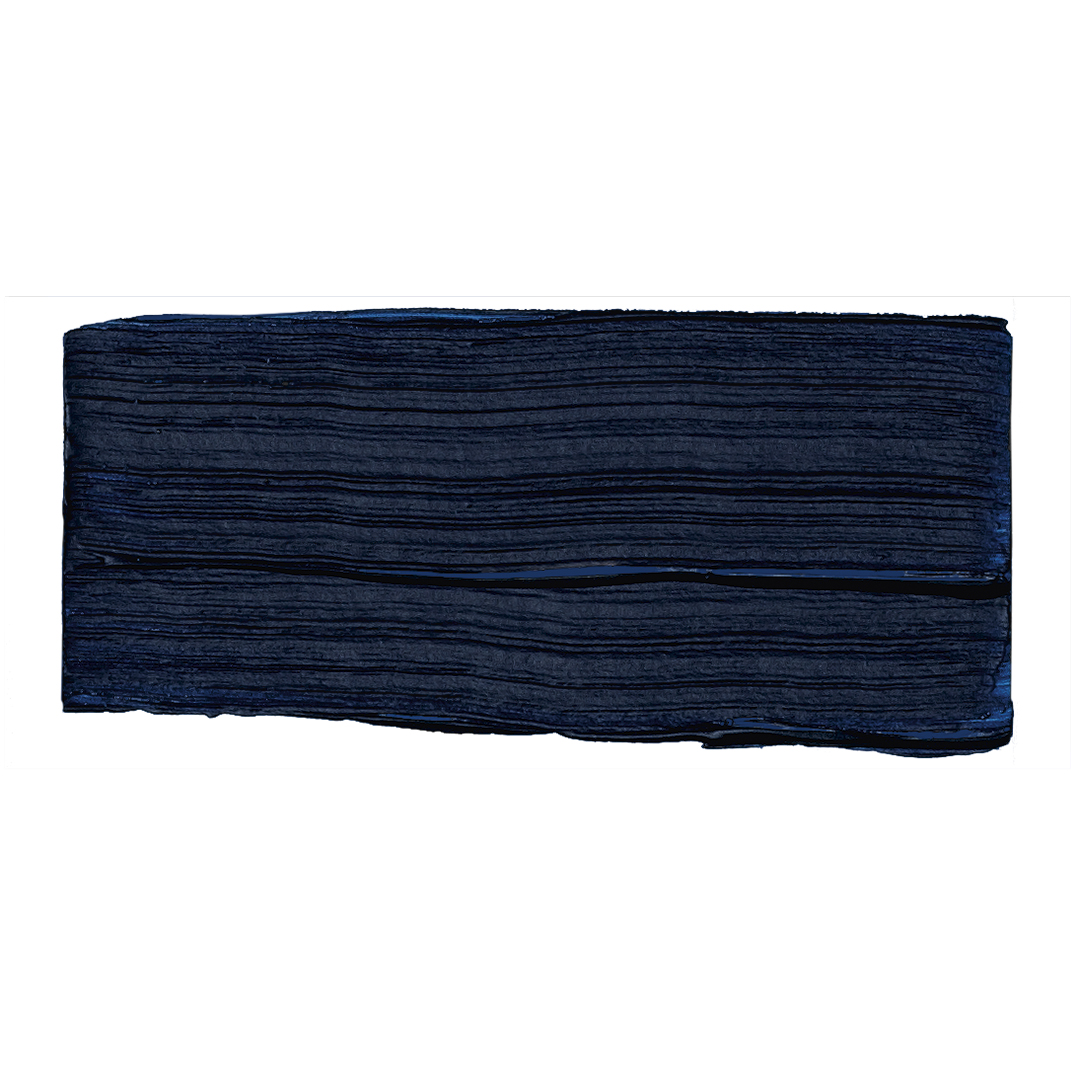











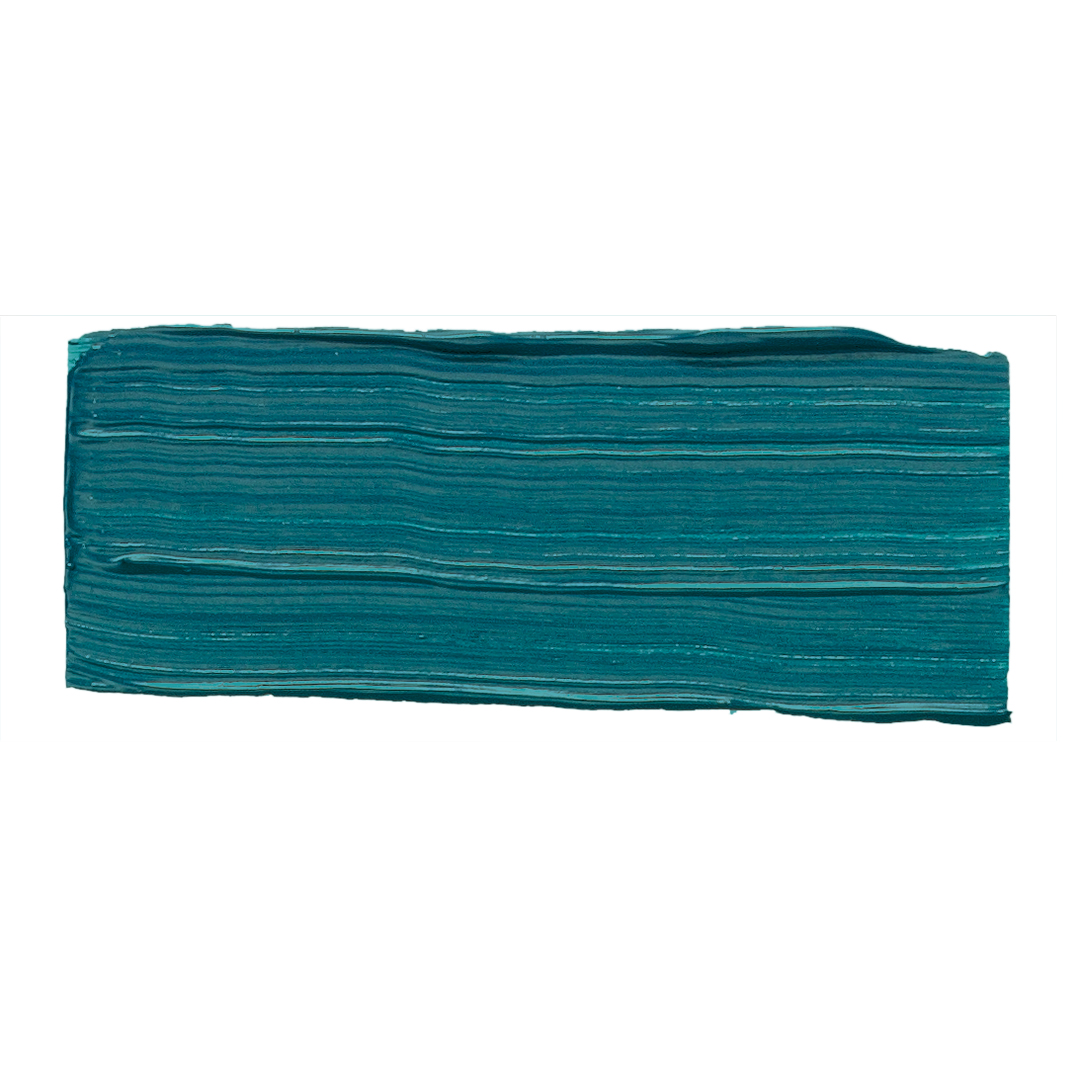


Deeply coloured, yellowish base red. With Cadmium yellow medium (211) ideal for mixing an opaque orange series.


Deeply coloured, yellowish base red. With Cadmium yellow medium (211) ideal for mixing an opaque orange series.




Bluish deep green. Similar to the tourmaline (dark blue greenish tinge).
*2025 renamed colour; previously known as “Turmaline green”.


Bluish deep green. Similar to the tourmaline (dark blue greenish tinge).
*2025 renamed colour; previously known as “Turmaline green”.

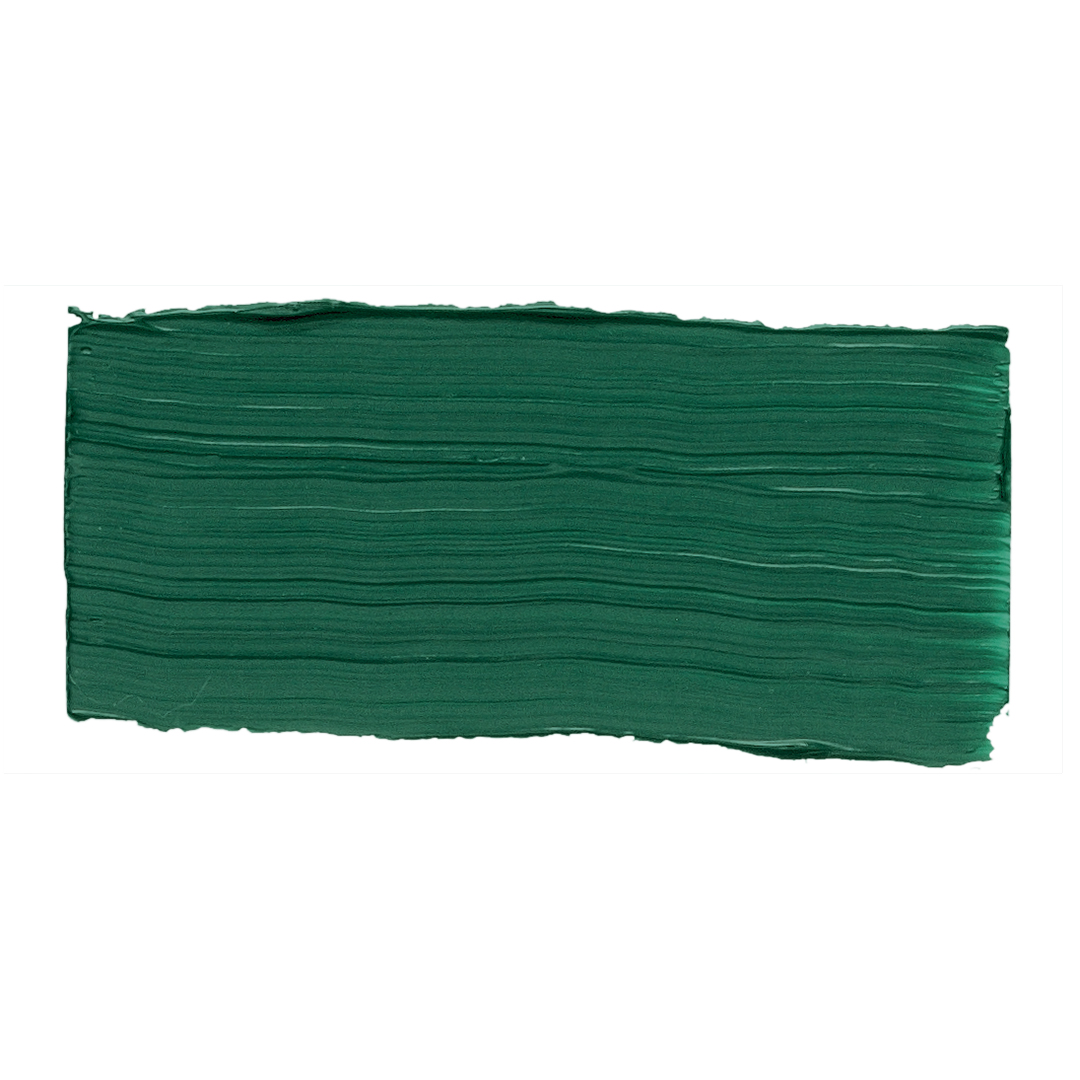


Glowing green with a blue tinge; similar to an emerald green and the classic viridian.


Glowing green with a blue tinge; similar to an emerald green and the classic viridian.

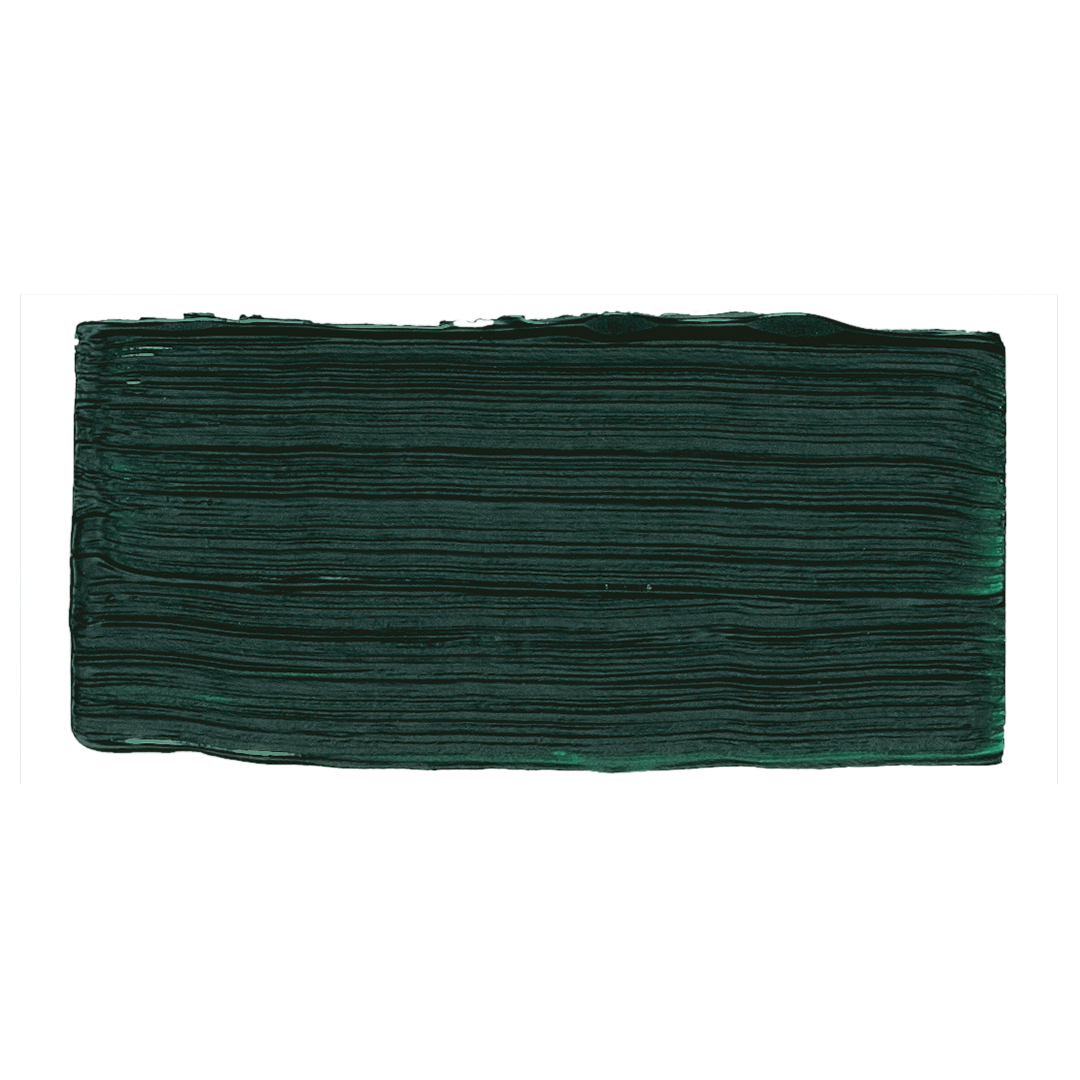





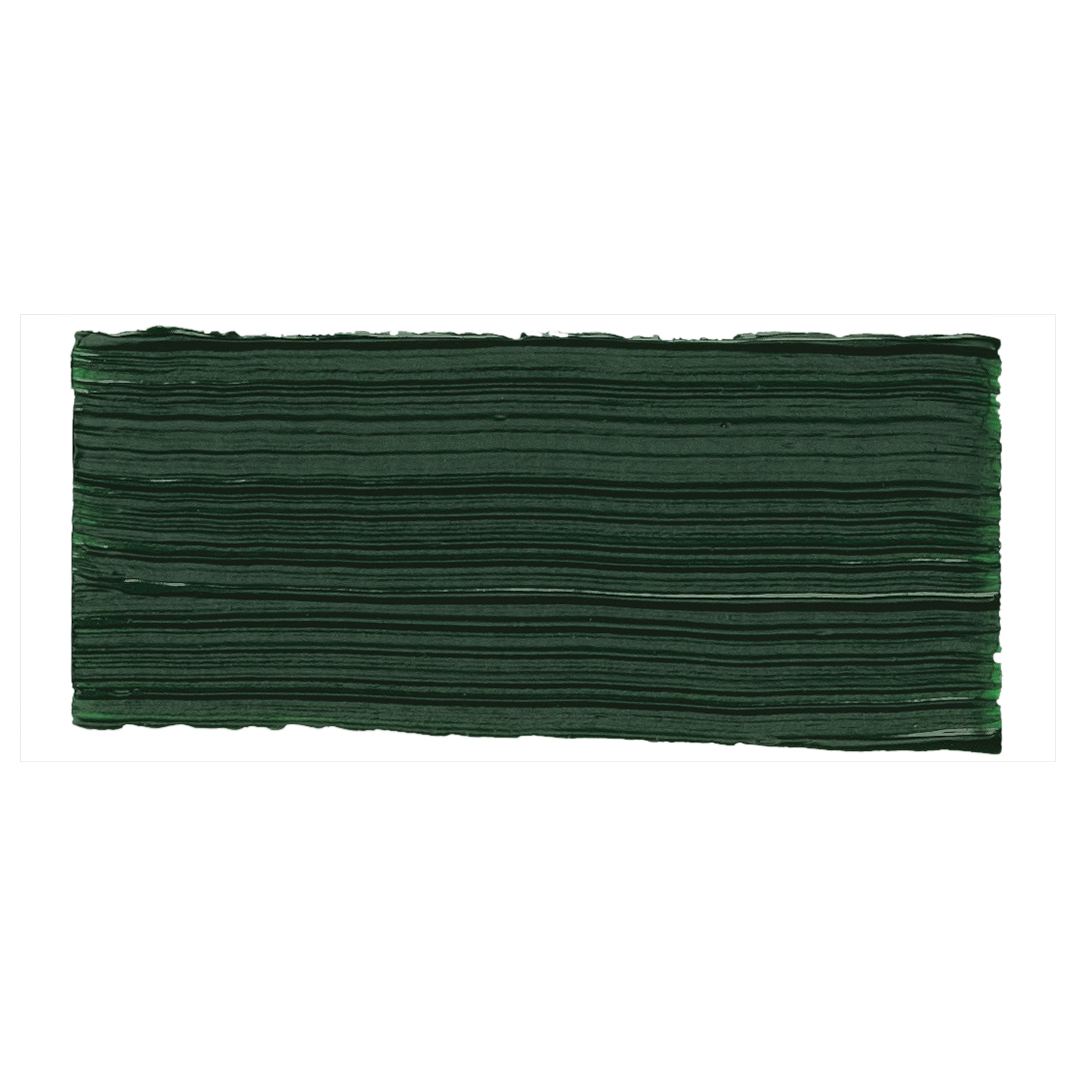


More yellow and lighter than the phthalo green blue shade (563).


More yellow and lighter than the phthalo green blue shade (563).

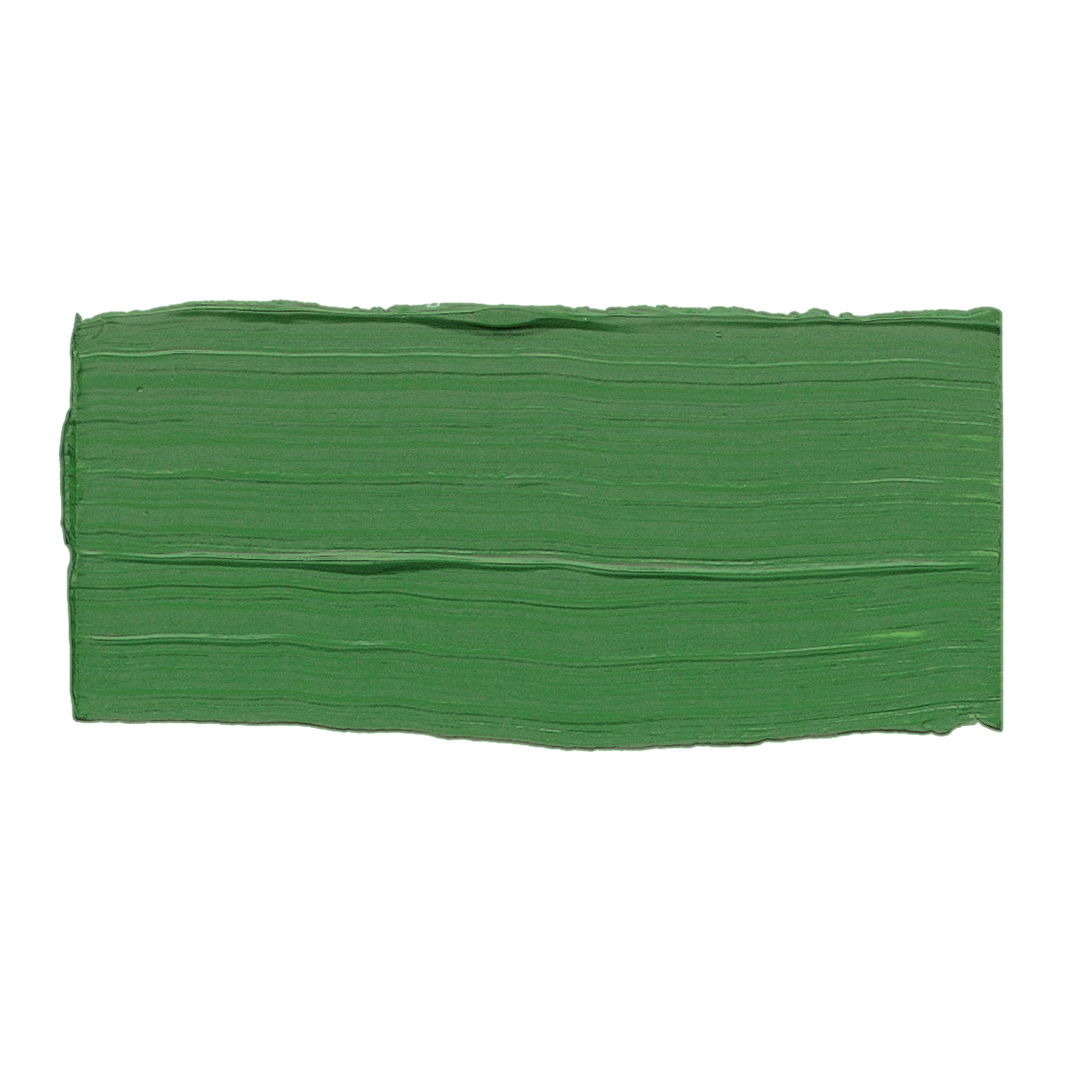


Medium green with high tinting power.
*2025 renamed colour; previously known as “Oriental green”.


Medium green with high tinting power.
*2025 renamed colour; previously known as “Oriental green”.










Brilliant green shade. More neutral than vanadium green (568).
*2025 renamed colour; previously known as “Permanent green light”.


Brilliant green shade. More neutral than vanadium green (568).
*2025 renamed colour; previously known as “Permanent green light”.

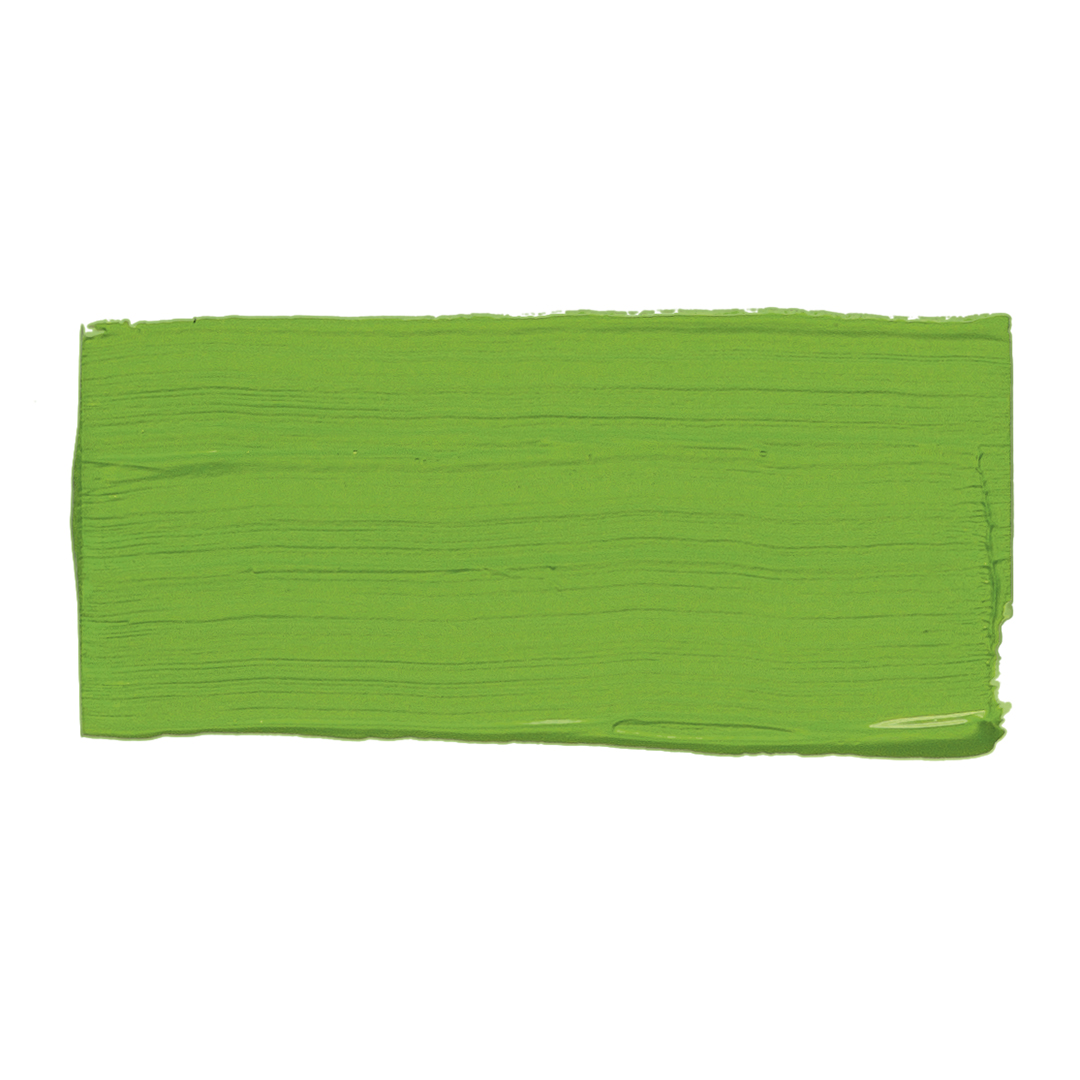











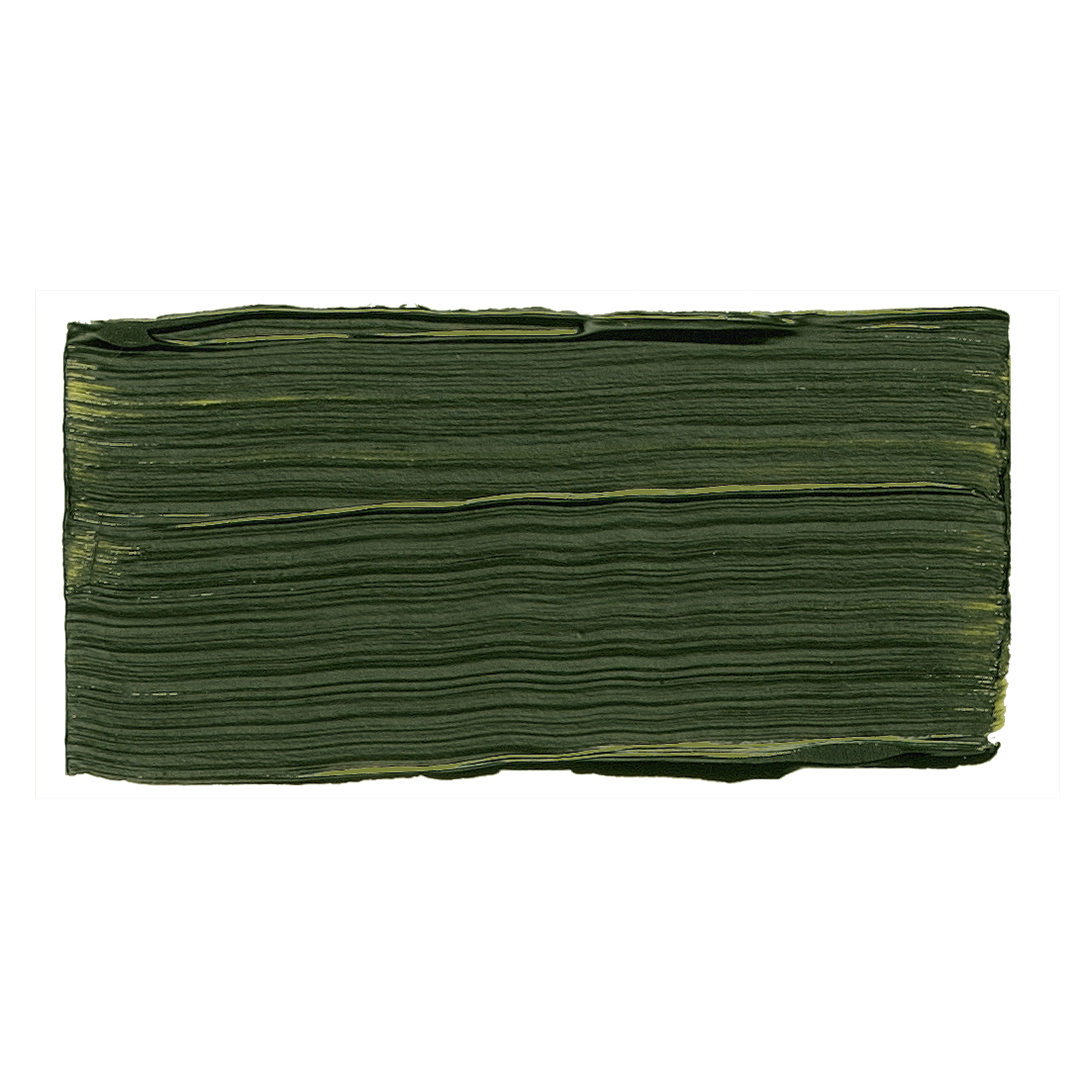


In the full shade, strong green, translucent yellowish, basis for variations of plant green colour shades.


In the full shade, strong green, translucent yellowish, basis for variations of plant green colour shades.

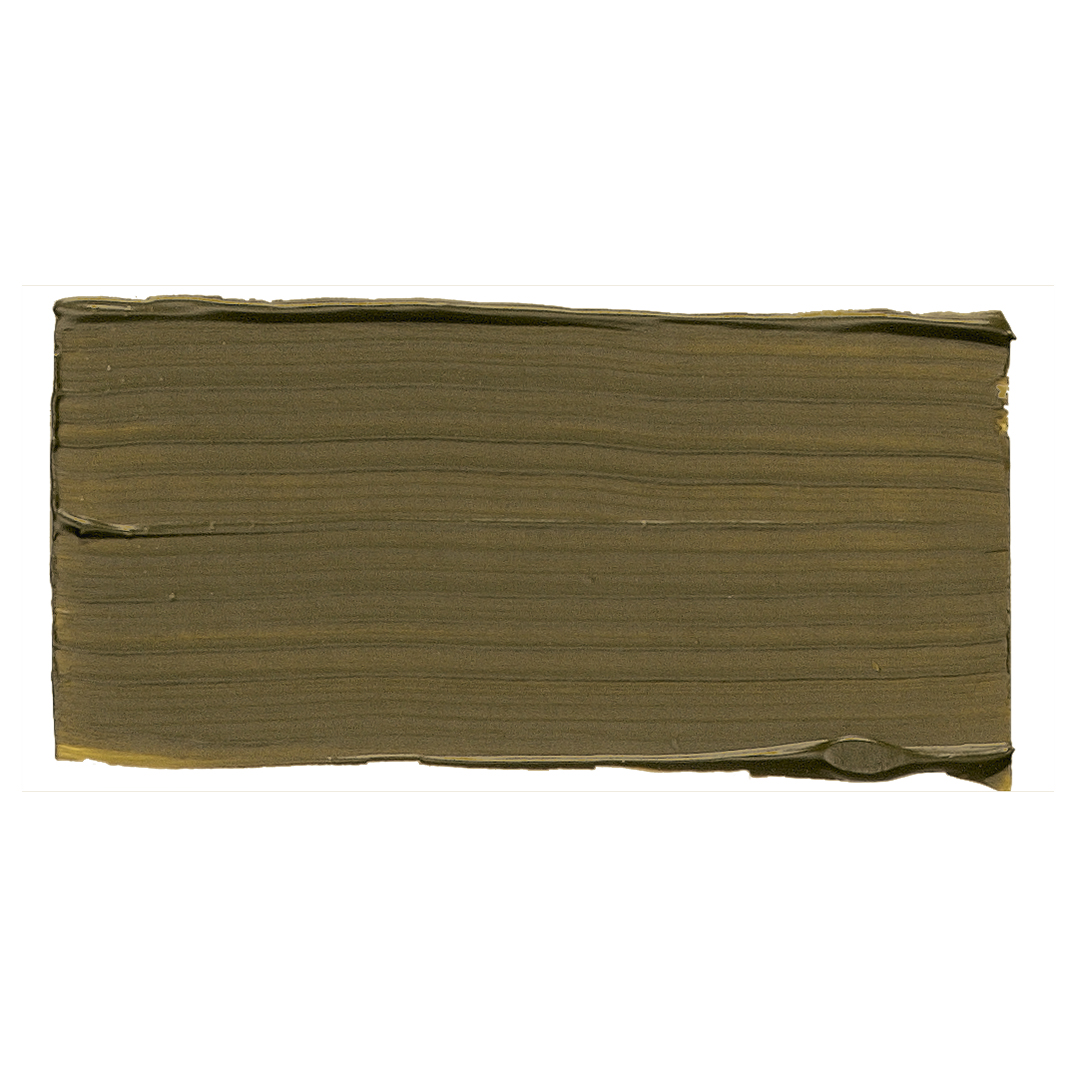


Semi-transparent, brown-tinted natural earth.


Semi-transparent, brown-tinted natural earth.




Ochre shade, light yellow with a green tinge.
*2025 renamed colour; previously known as “Naples yellow light”.


Ochre shade, light yellow with a green tinge.
*2025 renamed colour; previously known as “Naples yellow light”.

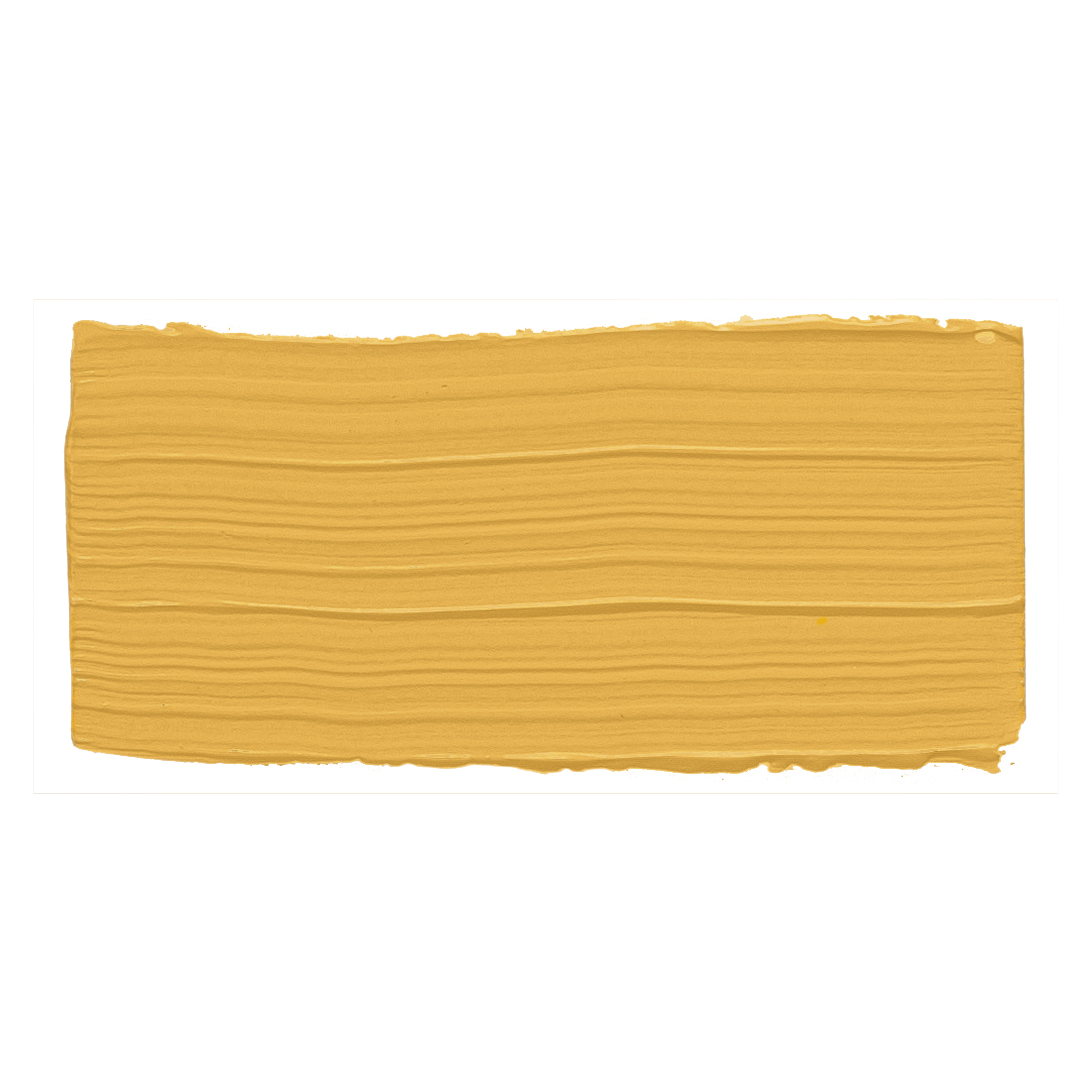


Deeper and more reddish than Naples yellow light (672).
*2025 renamed colour; previously known as “Naples yellow deep”.


Deeper and more reddish than Naples yellow light (672).
*2025 renamed colour; previously known as “Naples yellow deep”.

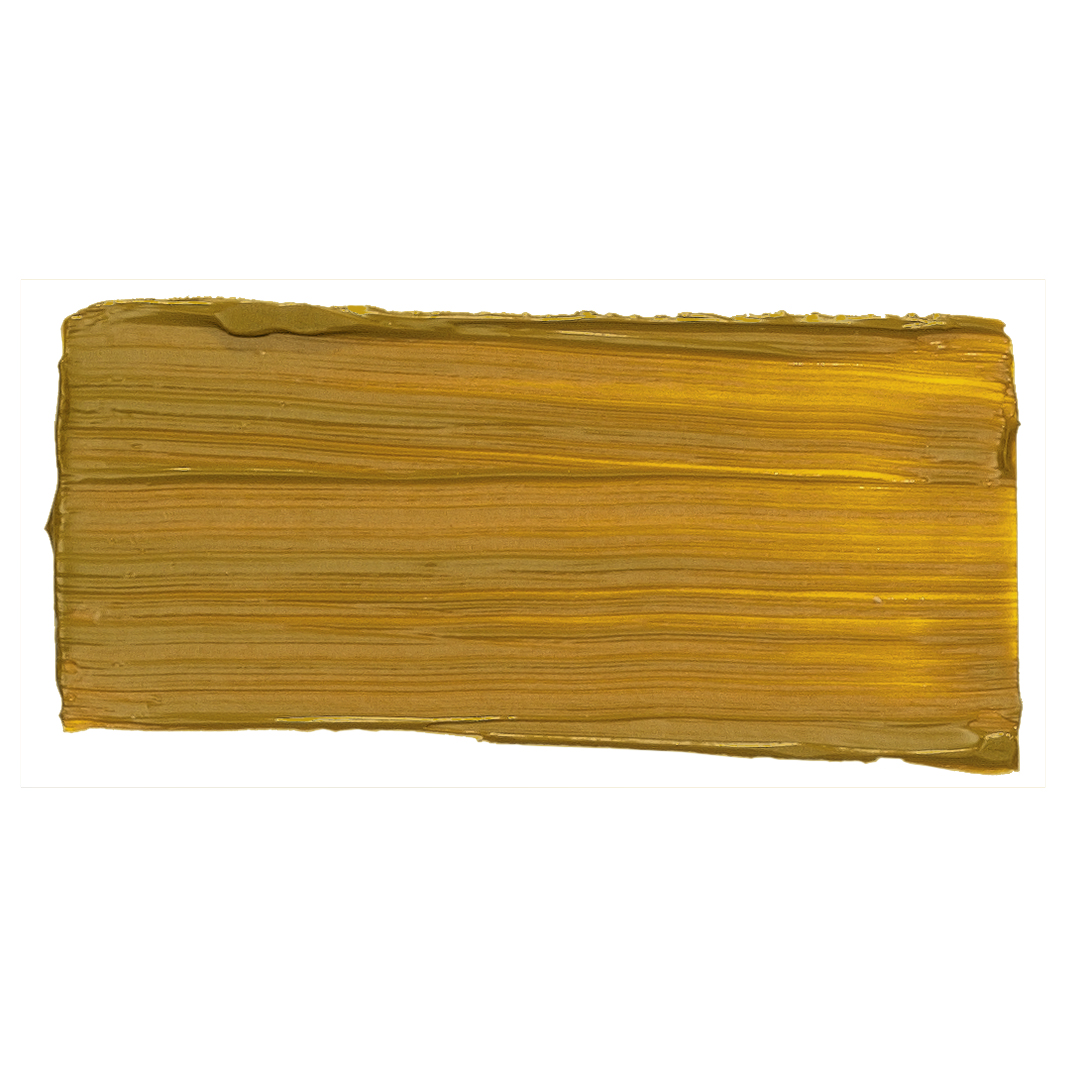


Brilliant, ochre-like yellow tone. Special effect in glazing.
*2025 renamed colour; previously known as “transparent golden yellow”


Brilliant, ochre-like yellow tone. Special effect in glazing.
*2025 renamed colour; previously known as “transparent golden yellow”

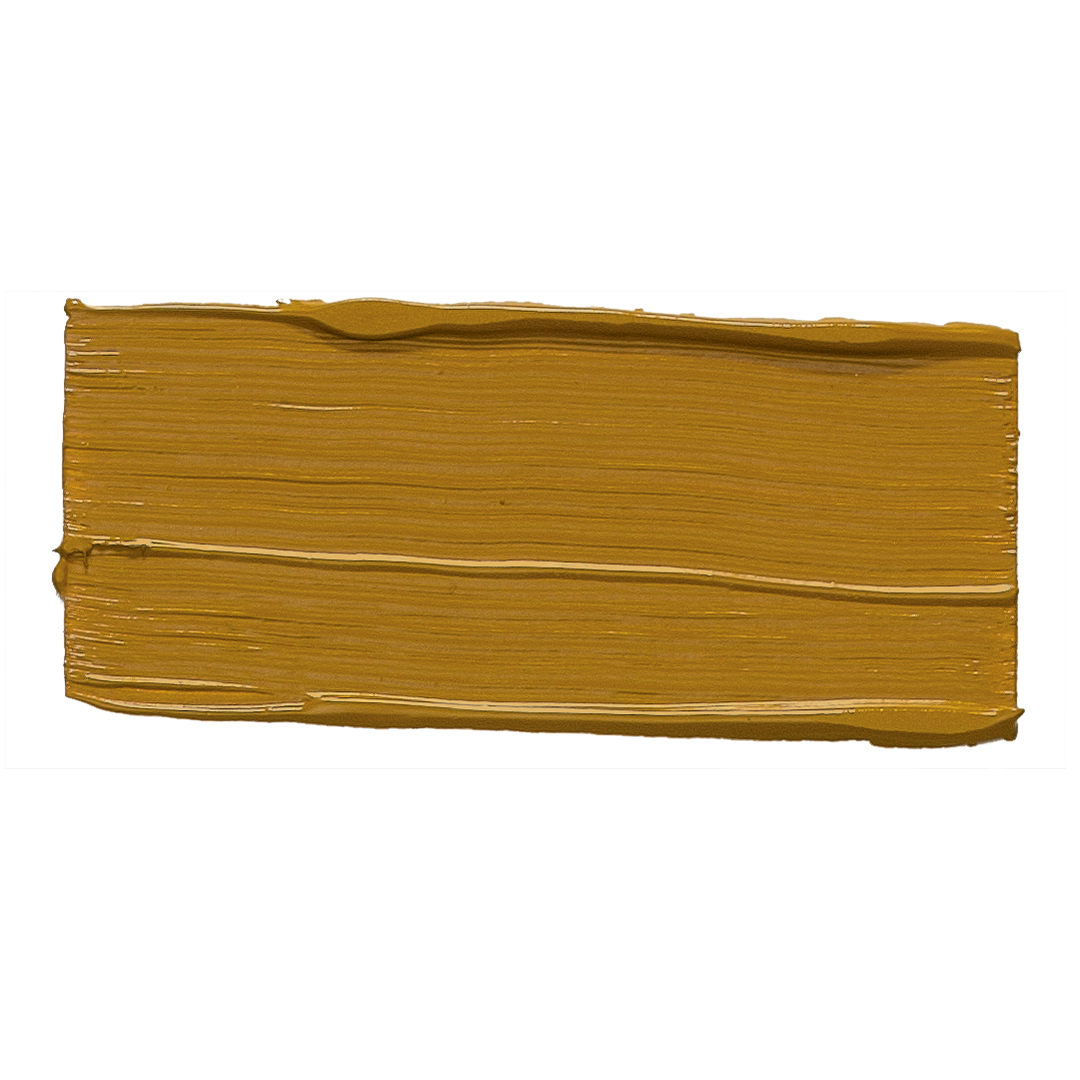


Slightly brownish yellow ochre; obtained by a synthetic, hydrated iron oxide.


Slightly brownish yellow ochre; obtained by a synthetic, hydrated iron oxide.

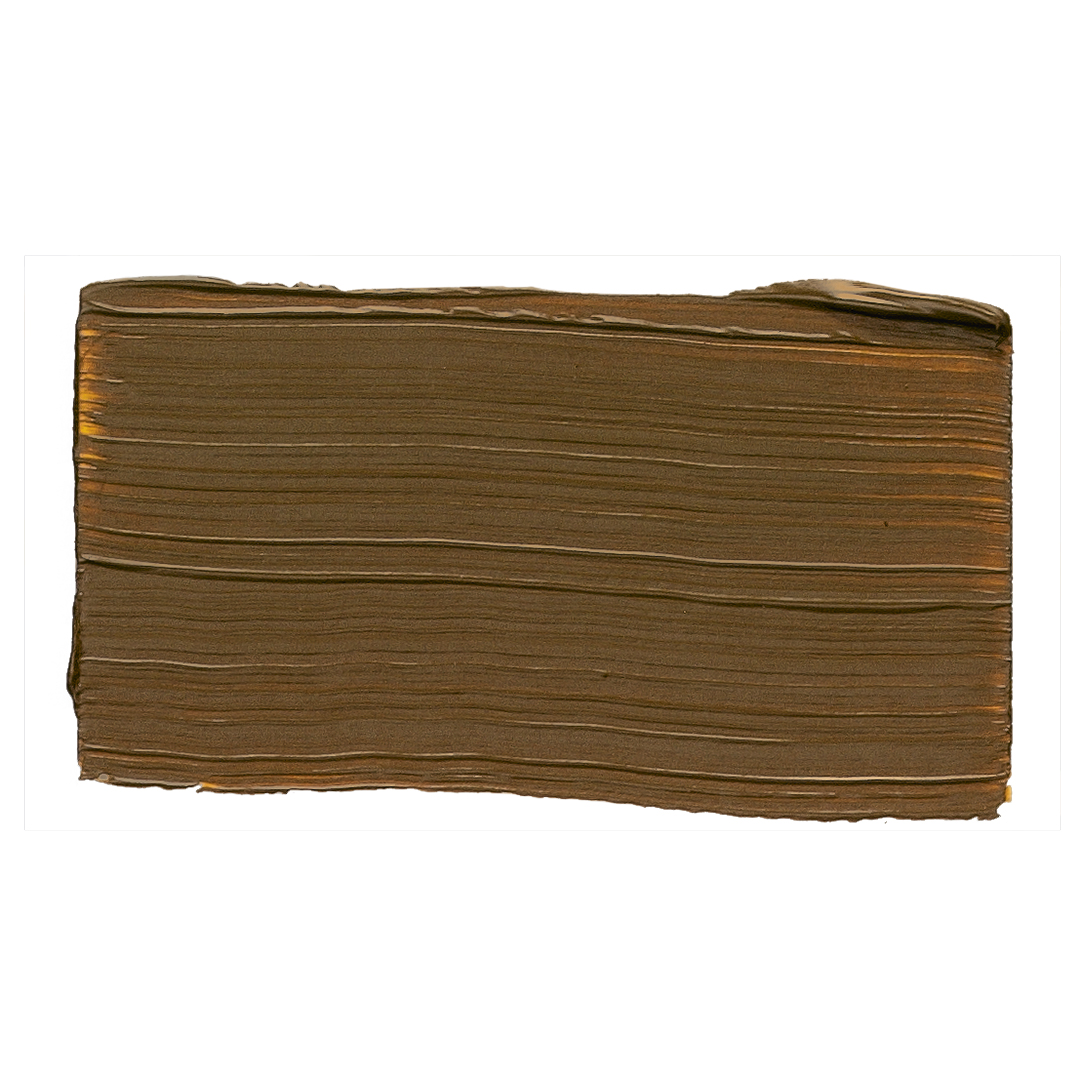


Semi-transparent, strong and yellow-tinted brown. Obtained from French natural mineral.


Semi-transparent, strong and yellow-tinted brown. Obtained from French natural mineral.

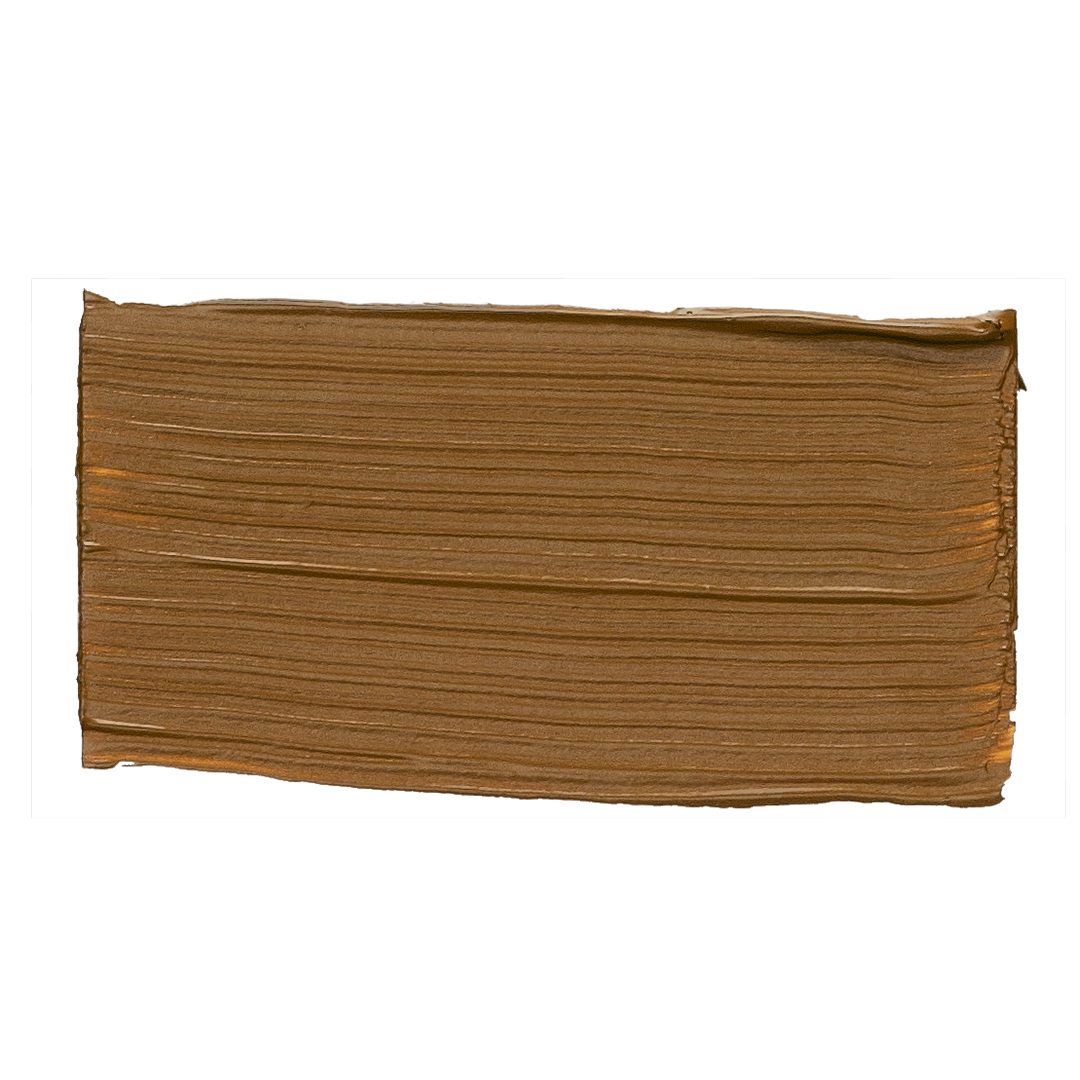


French natural earth imitates the original from Italy. Deeper and warmer shade than Yellow ochre (675).


French natural earth imitates the original from Italy. Deeper and warmer shade than Yellow ochre (675).

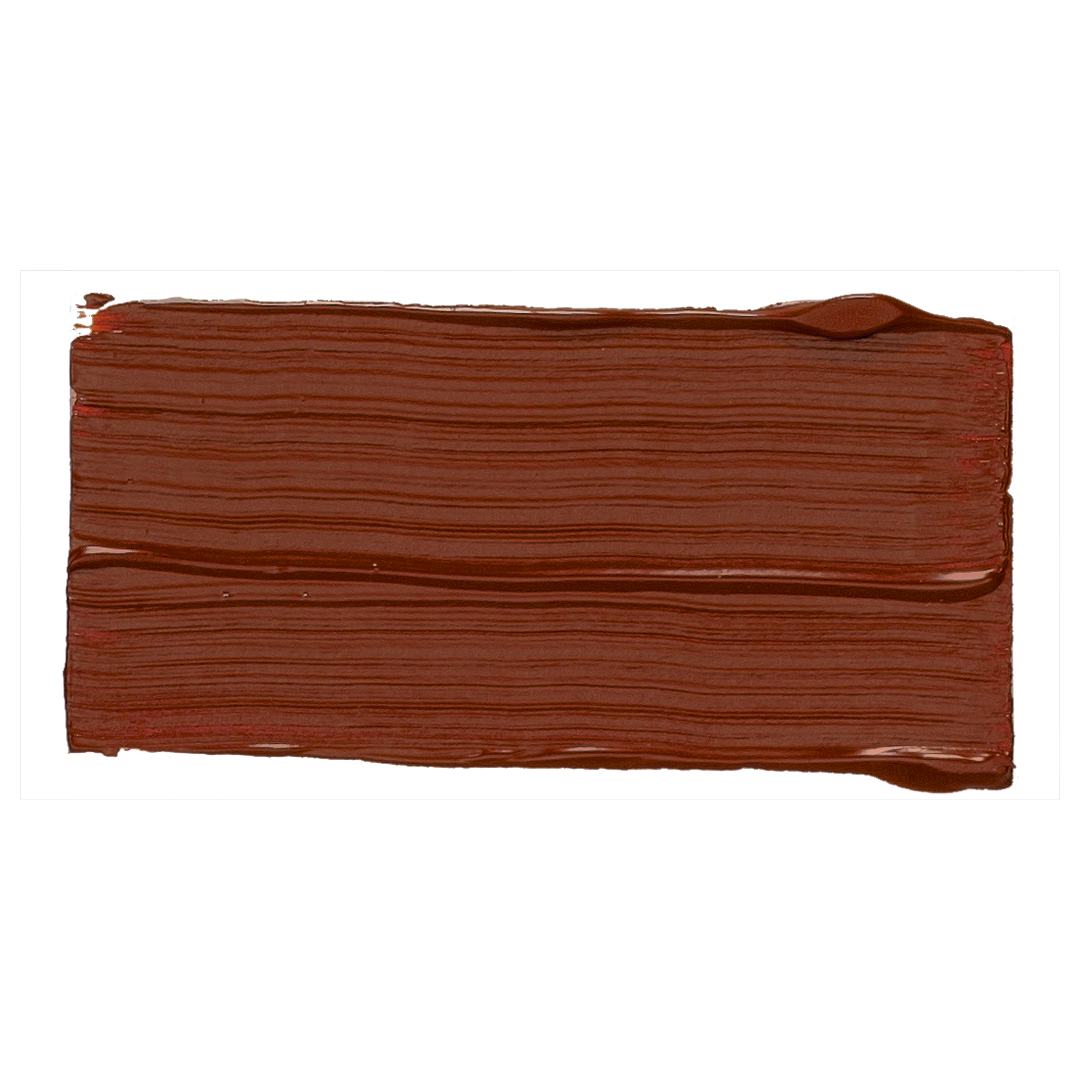





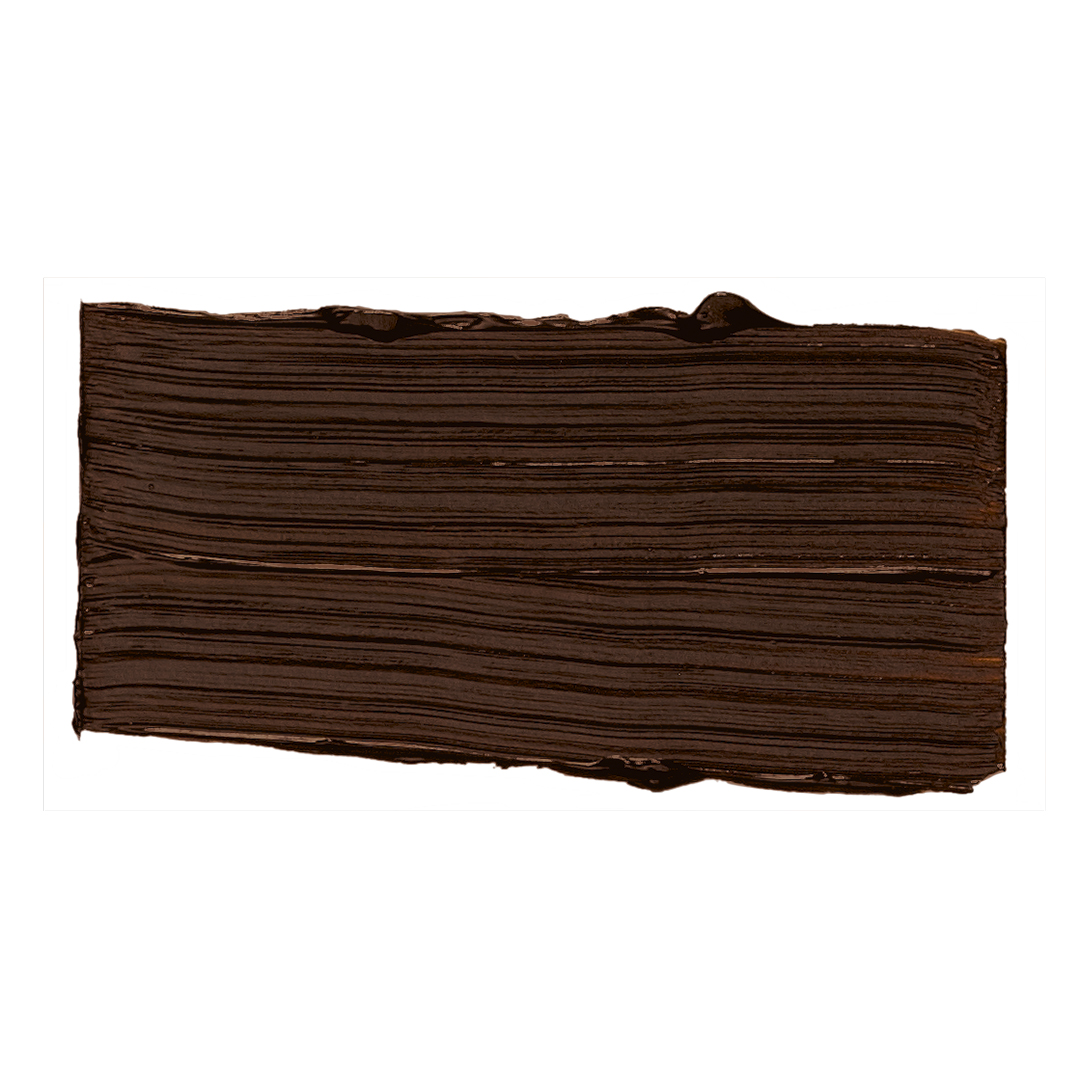


Brilliant dark brown. Perfectly suited for glazes.


Brilliant dark brown. Perfectly suited for glazes.

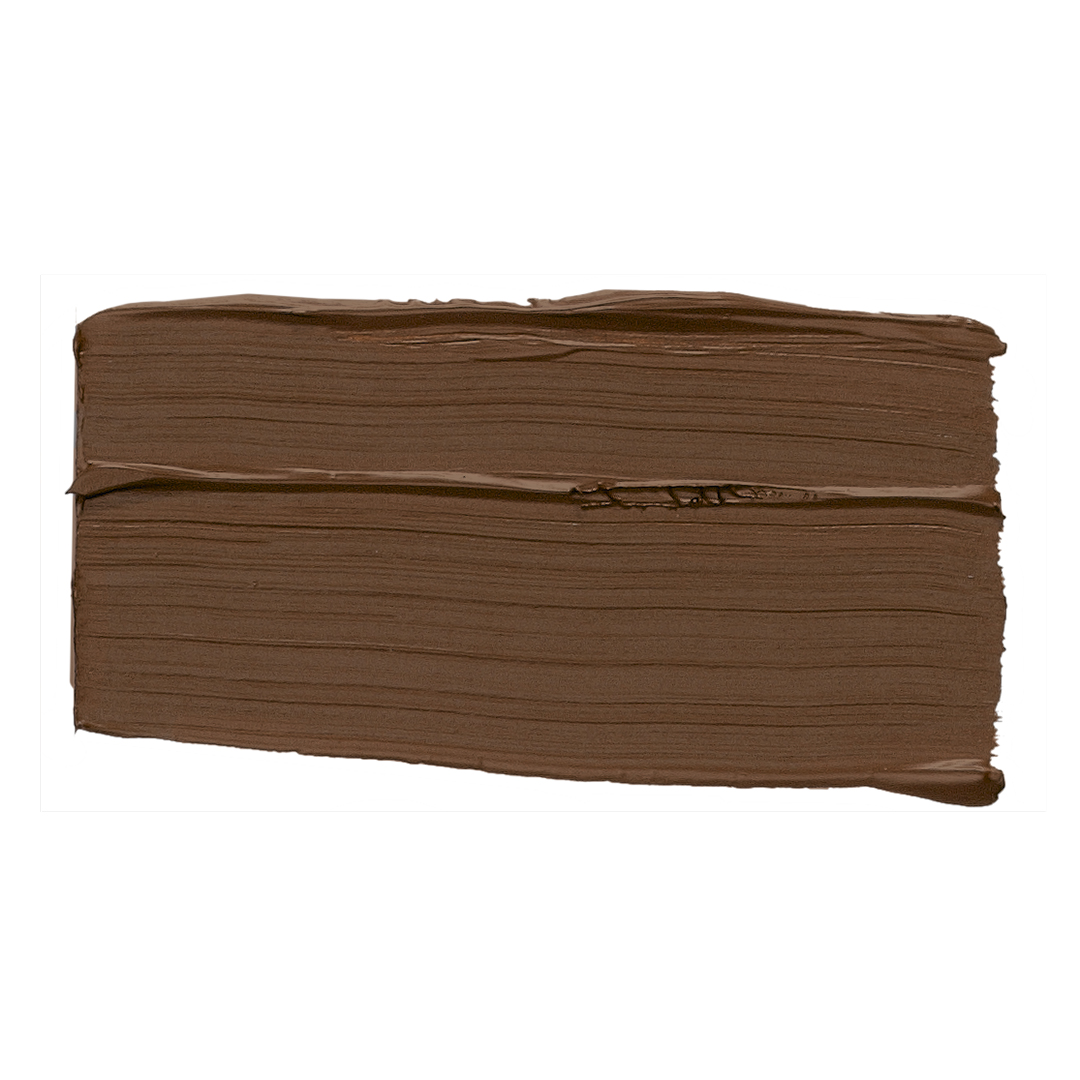


Medium brown, slightly dull shade.
*2025 renamed colour; previously known as “brown iron oxide”.


Medium brown, slightly dull shade.
*2025 renamed colour; previously known as “brown iron oxide”.

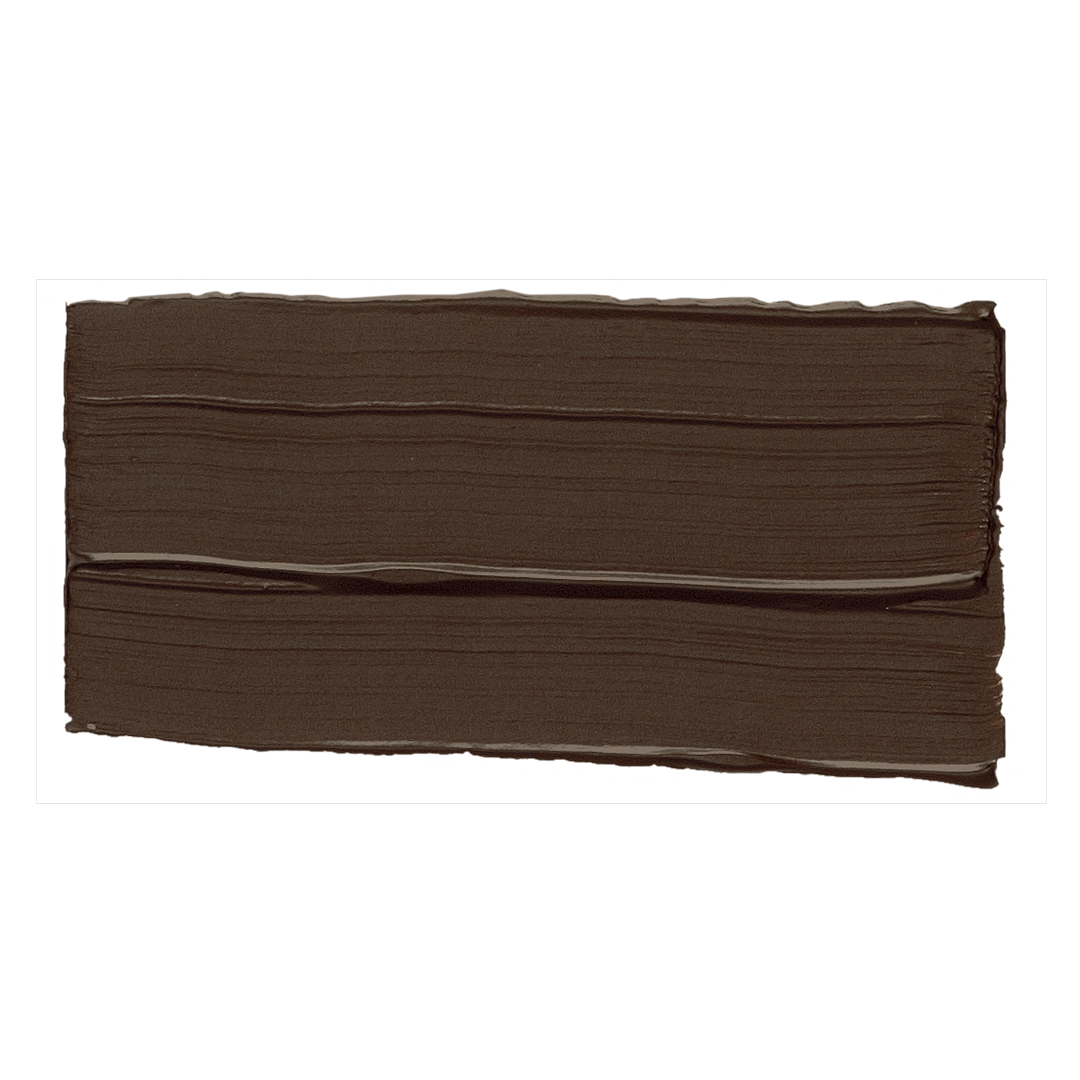


Obtained from a French natural mineral, produces a slightly dull deep brown.


Obtained from a French natural mineral, produces a slightly dull deep brown.




Strong, deep brown. Similar to Sepia if used in glazes.


Strong, deep brown. Similar to Sepia if used in glazes.


A soft yellowish white tone. Originally derived from ground ivory. Today, it is synthetically recreated without any animalderived ingredients.
*new colour number 2025, previously “786”.

A soft yellowish white tone. Originally derived from ground ivory. Today, it is synthetically recreated without any animalderived ingredients.
*new colour number 2025, previously “786”.


Basic colour for mixing various skin colours.
*new colour number 2025, previously “787”.

Basic colour for mixing various skin colours.
*new colour number 2025, previously “787”.

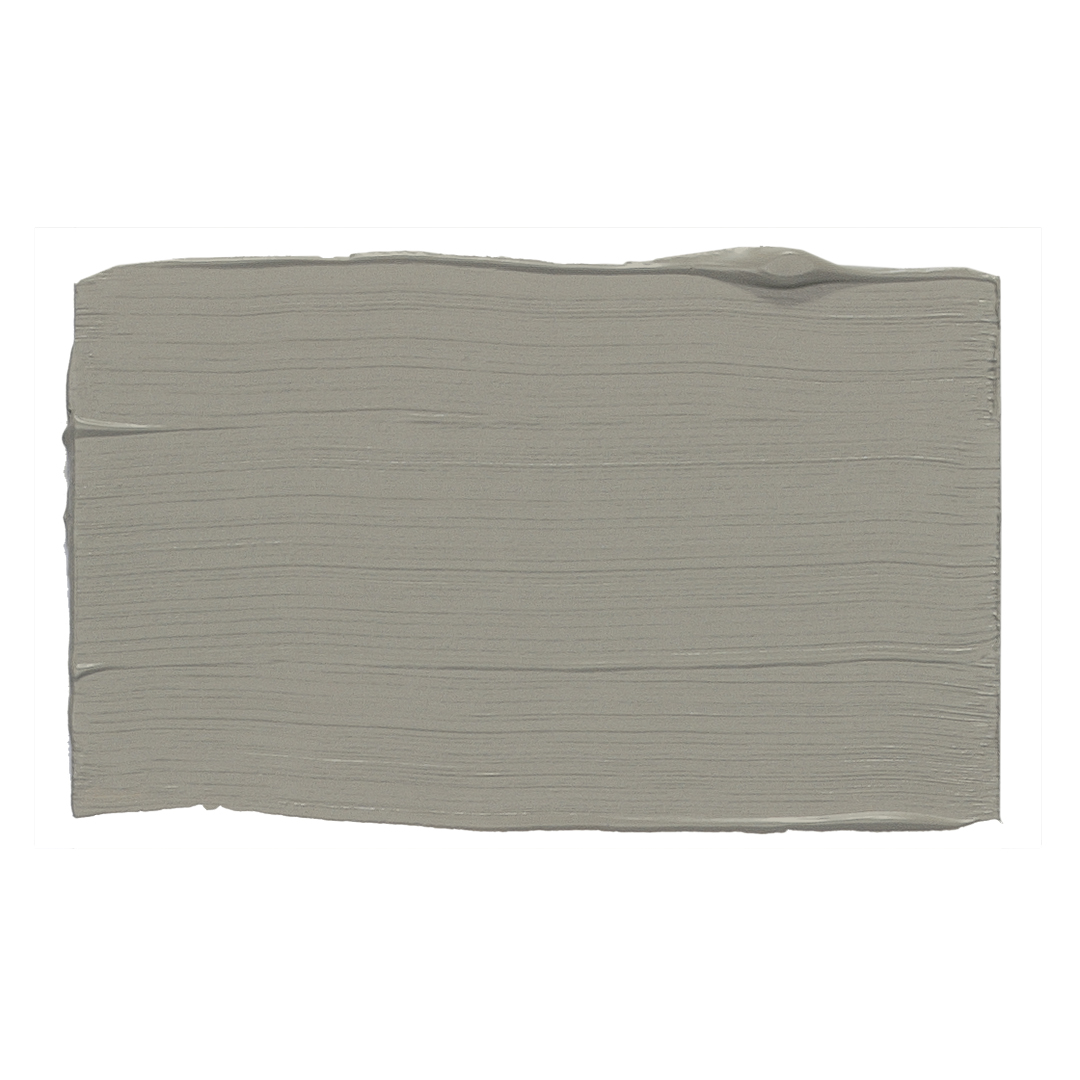


Warm light grey.
*2025 renamed colour; previously known as “pale grey”


Warm light grey.
*2025 renamed colour; previously known as “pale grey”













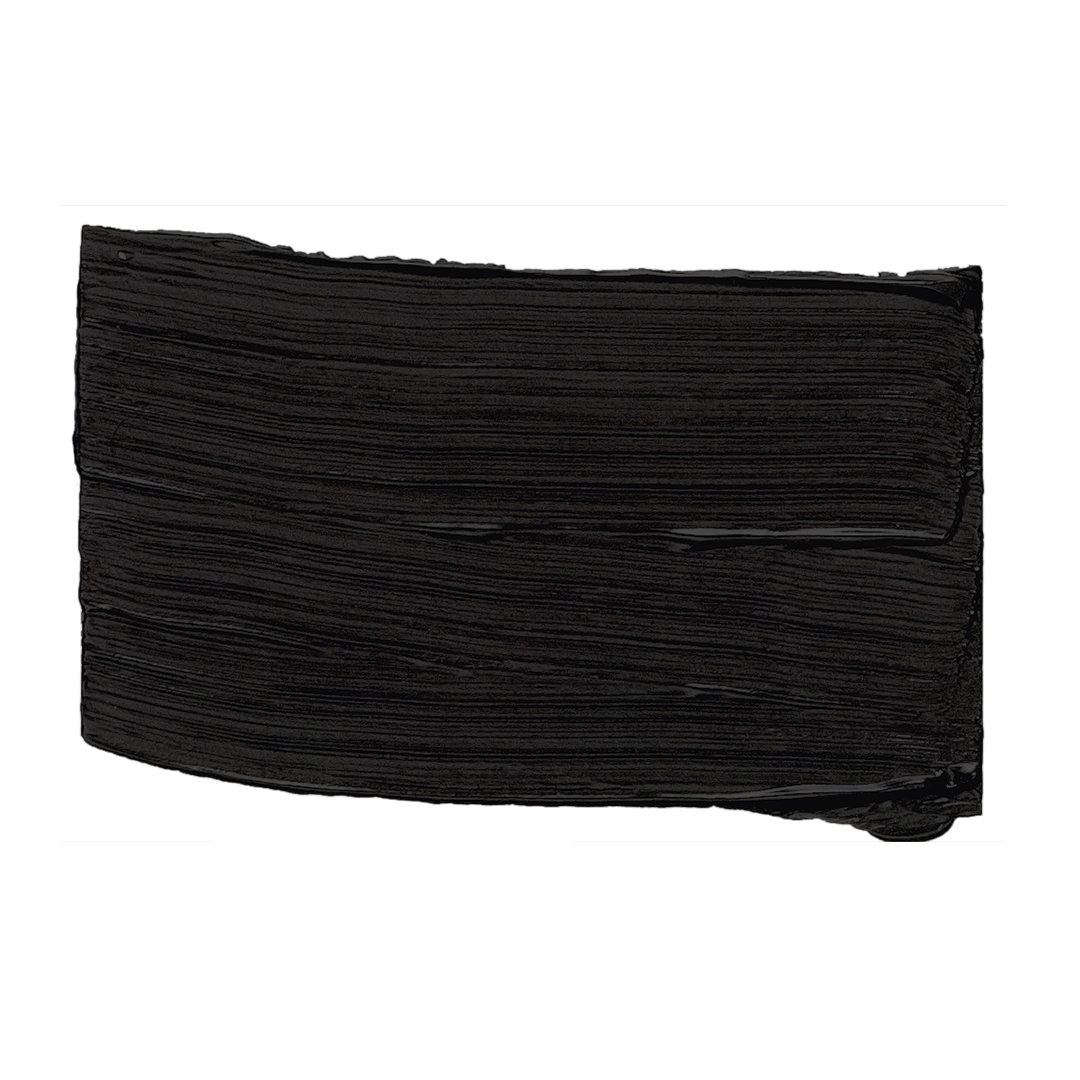


Deep black-green in full tone, greenish grey tone for glazing and in brightenings.
*2025 renamed colour; previously known as “Atrament black”.


Deep black-green in full tone, greenish grey tone for glazing and in brightenings.
*2025 renamed colour; previously known as “Atrament black”.

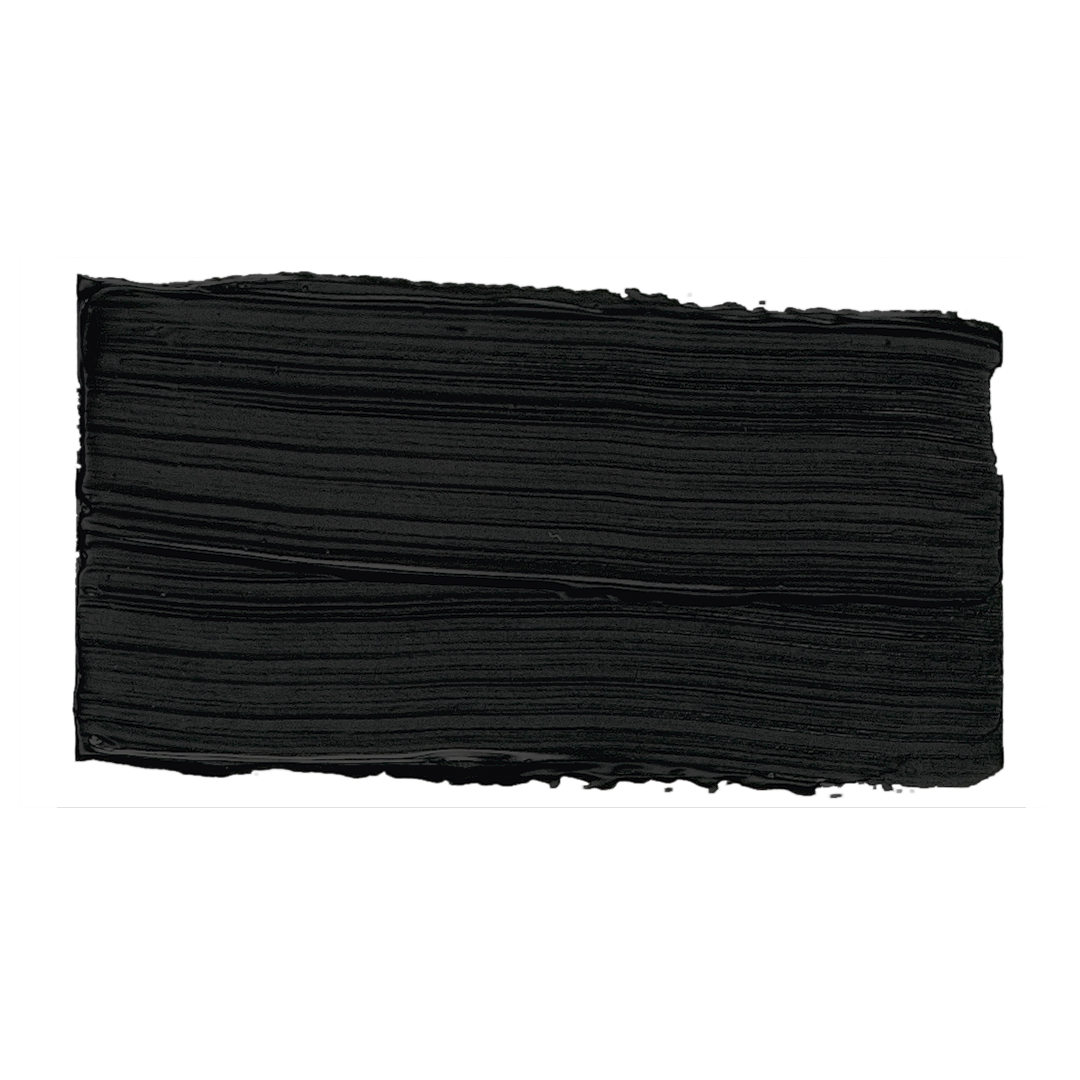





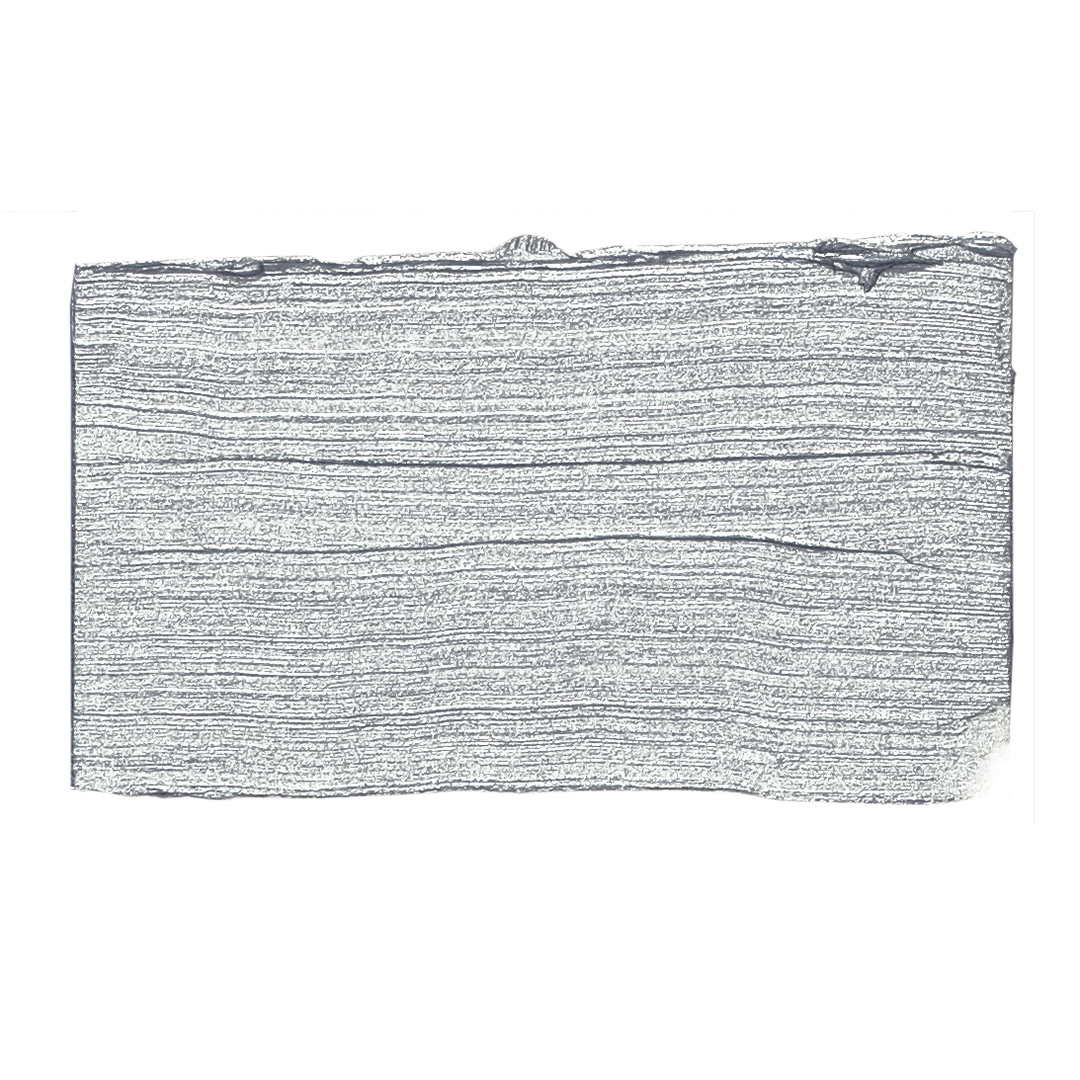





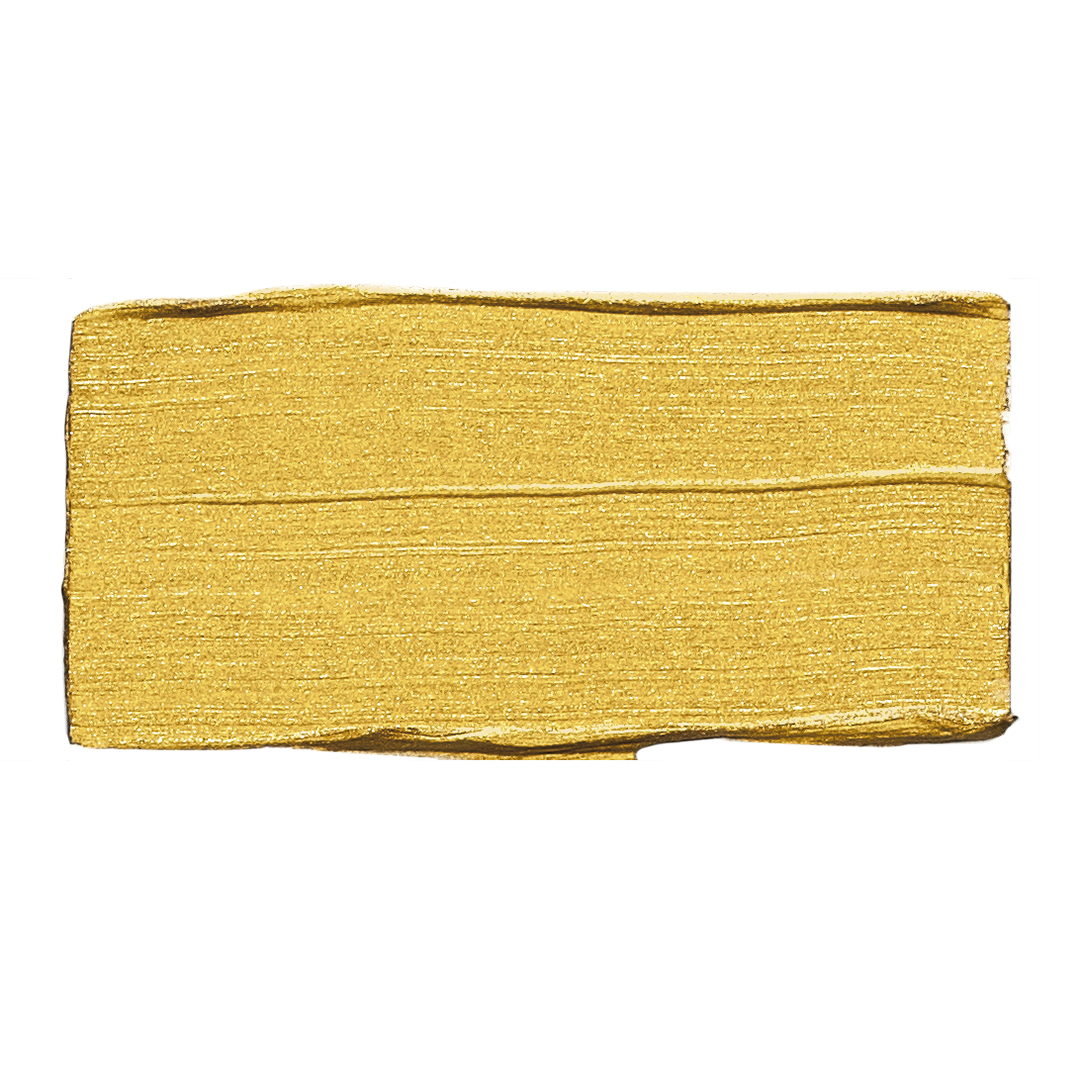


Gold with yellow tinge based on mica, coated with metal oxide.


Gold with yellow tinge based on mica, coated with metal oxide.

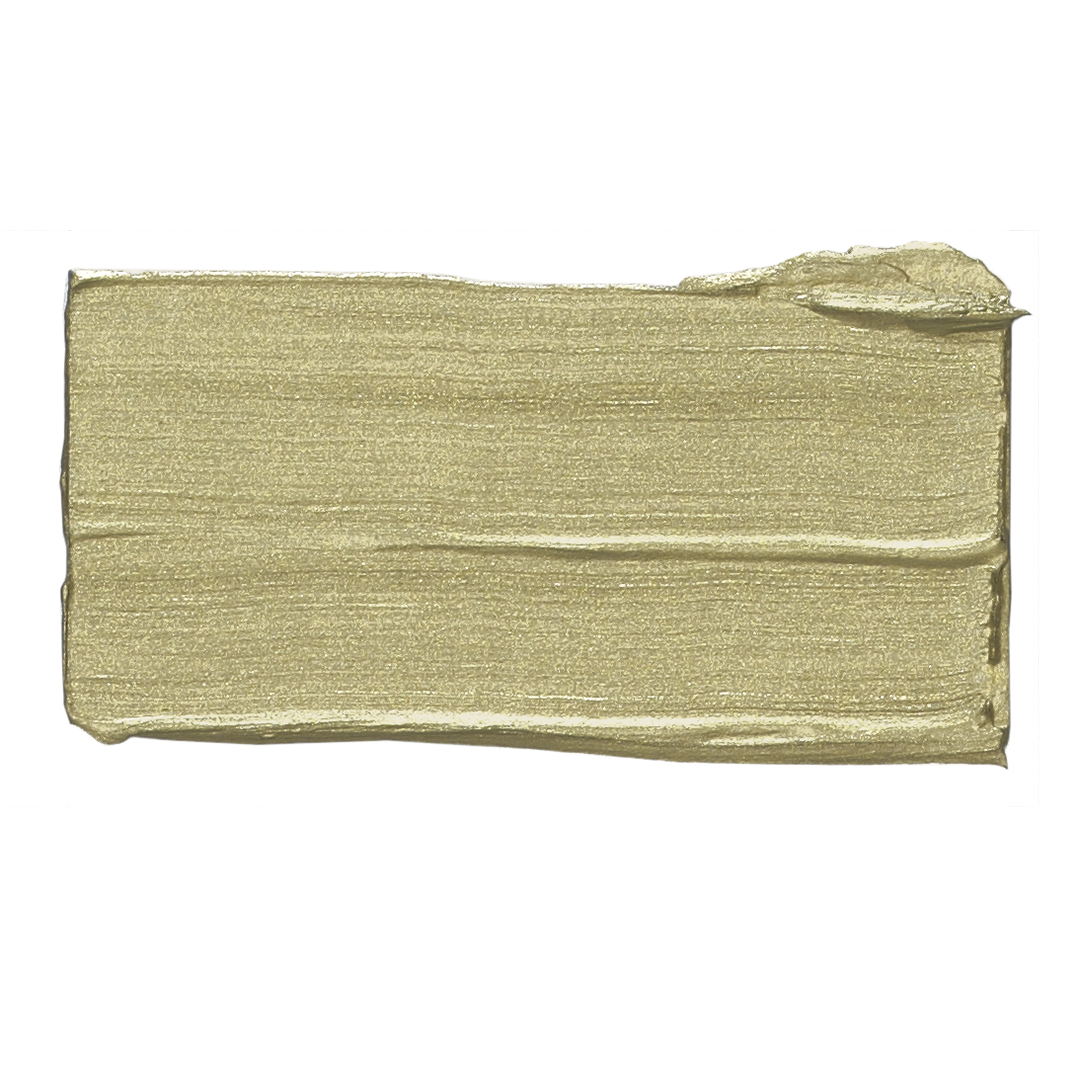


Gold with greenish tinge based on mica, coated with metal oxide.


Gold with greenish tinge based on mica, coated with metal oxide.

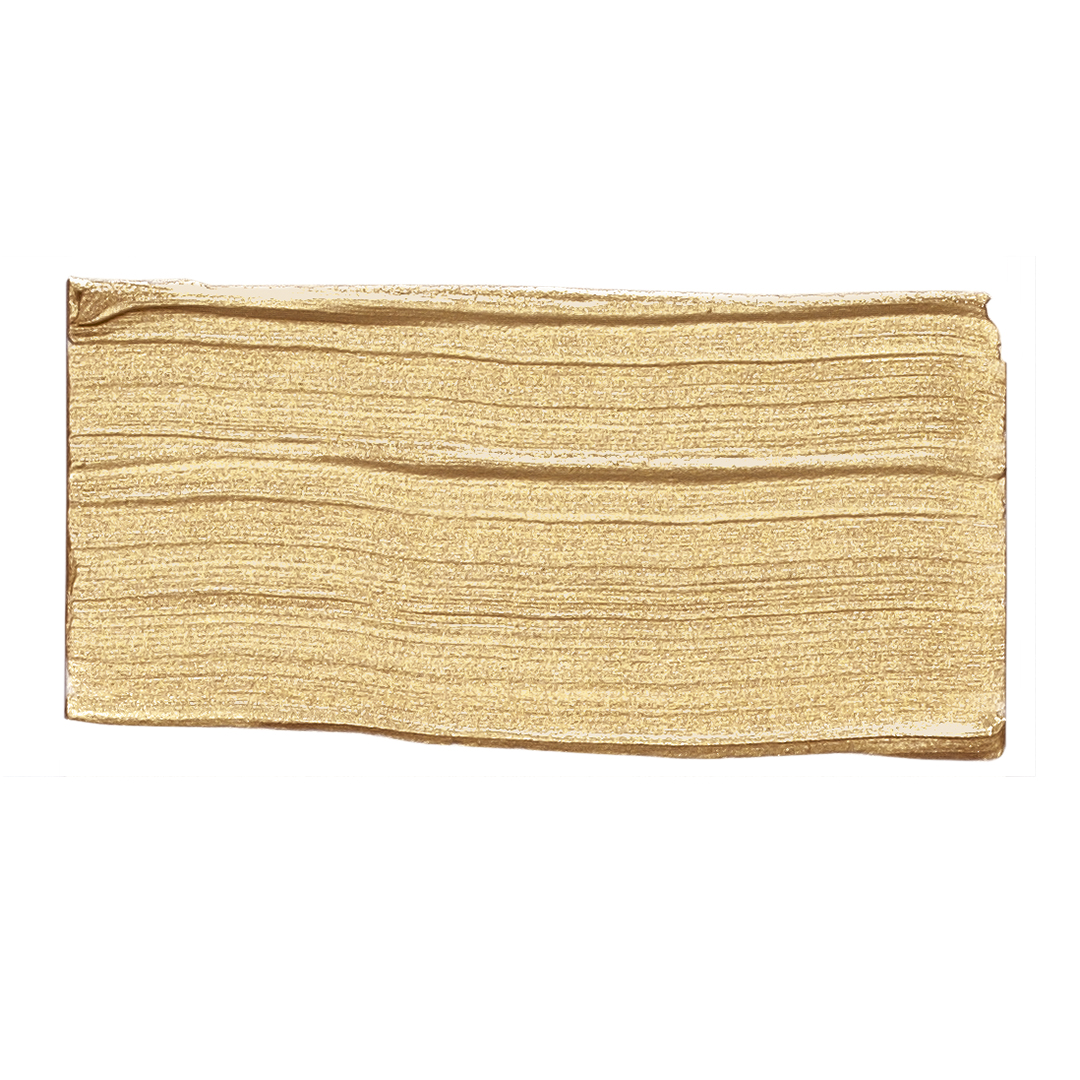


Neutral gold based on mica, coated with metal oxide


Neutral gold based on mica, coated with metal oxide

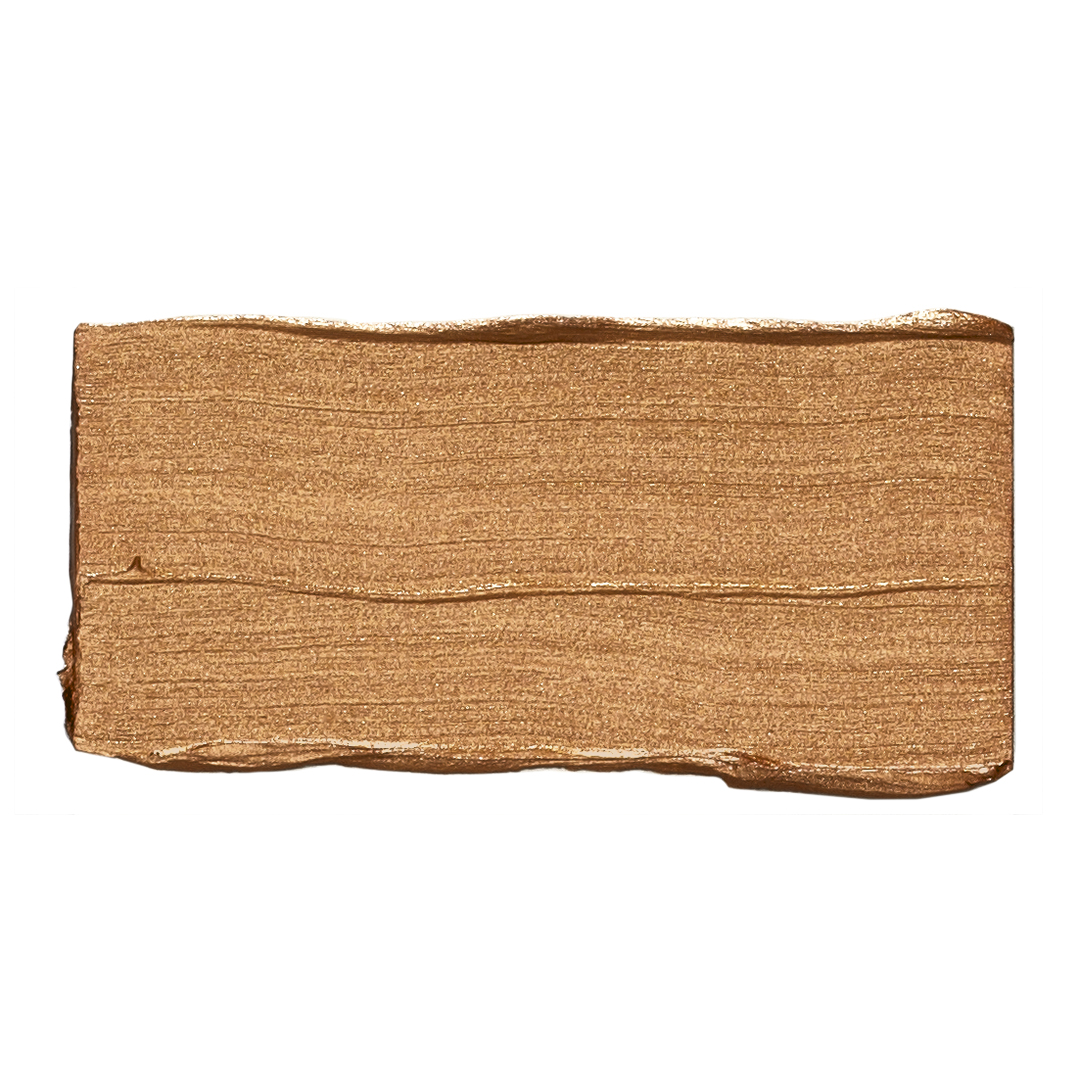






White with minimal lightening and colour change when mixing. Without a blue tint in red mixtures. Grayish in full tone.

White with minimal lightening and colour change when mixing. Without a blue tint in red mixtures. Grayish in full tone.


Unbleached, highly opaque titanium dioxide. The colour is a dull beige.

Unbleached, highly opaque titanium dioxide. The colour is a dull beige.


A greenish and highly saturated imitation of Cadmium yellow light (207).

A greenish and highly saturated imitation of Cadmium yellow light (207).


A reddish and highly saturated imitation of Cadmium yellow medium (211).

A reddish and highly saturated imitation of Cadmium yellow medium (211).


A yellow-orange, highly saturated imitation of Cadmium yellow deep (213).

A yellow-orange, highly saturated imitation of Cadmium yellow deep (213).





A highly saturated imitation of Cadmium Orange (214).

A highly saturated imitation of Cadmium Orange (214).


A highly saturated imitation of Cadmium red light (317).

A highly saturated imitation of Cadmium red light (317).


A highly saturated imitation of Cadmium red medium (320).

A highly saturated imitation of Cadmium red medium (320).


A highly saturated imitation of Cadmium red deep (322).

A highly saturated imitation of Cadmium red deep (322).


A deep, radiant red. Intense and vibrant colour power.

A deep, radiant red. Intense and vibrant colour power.




















